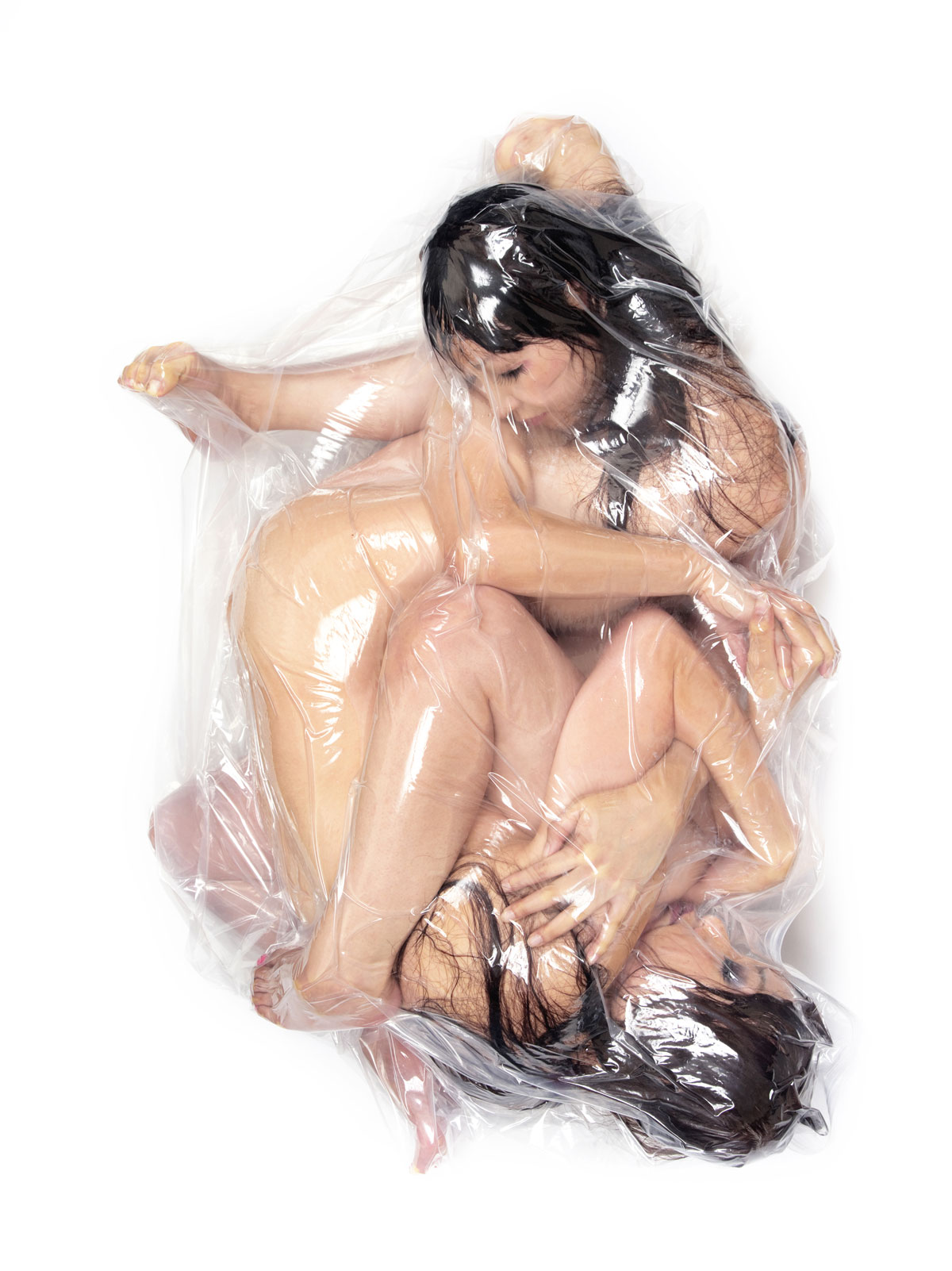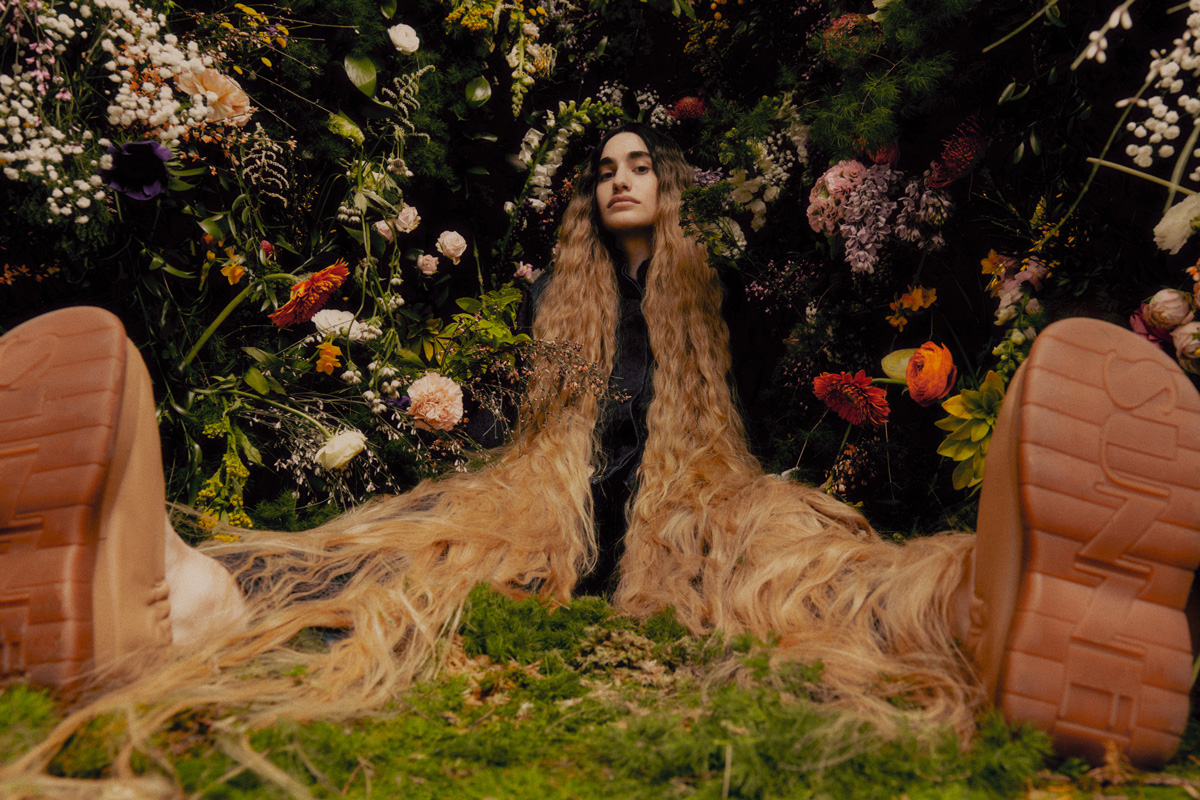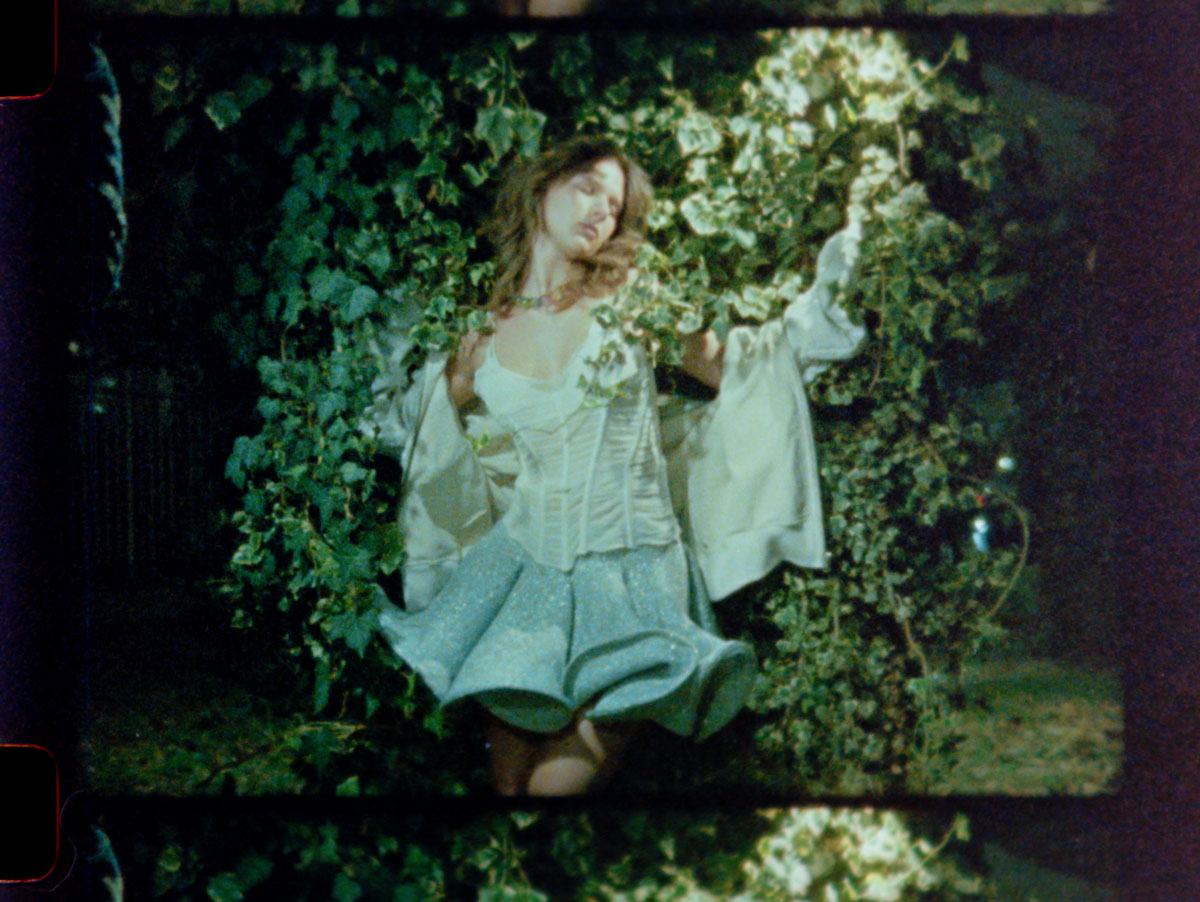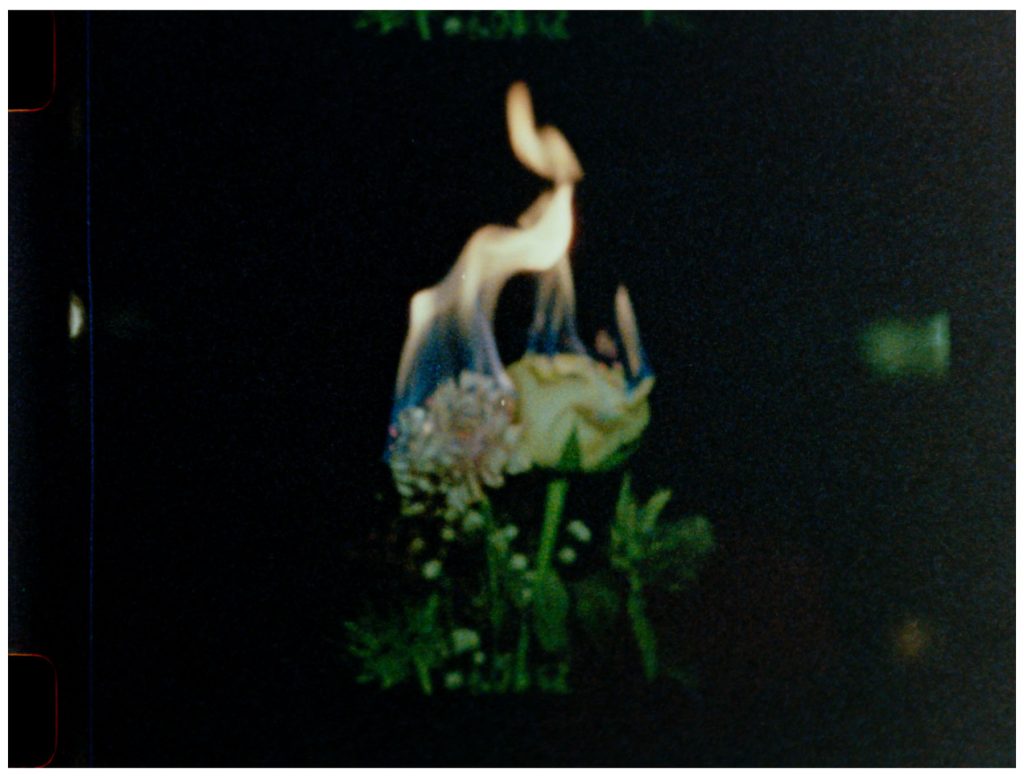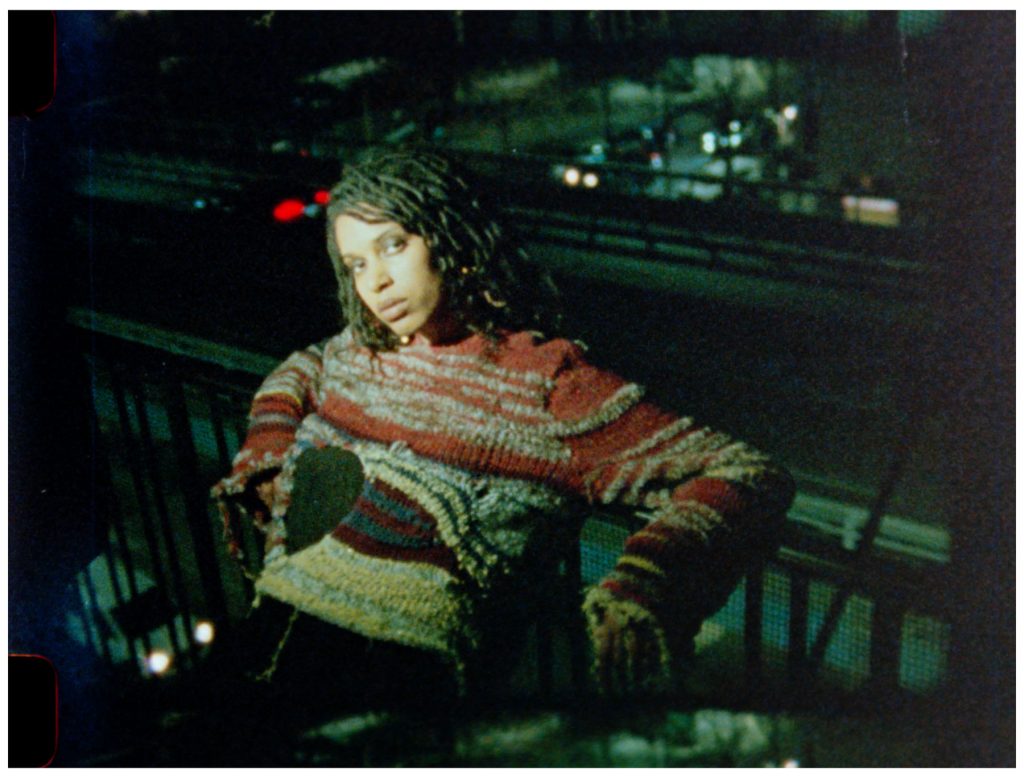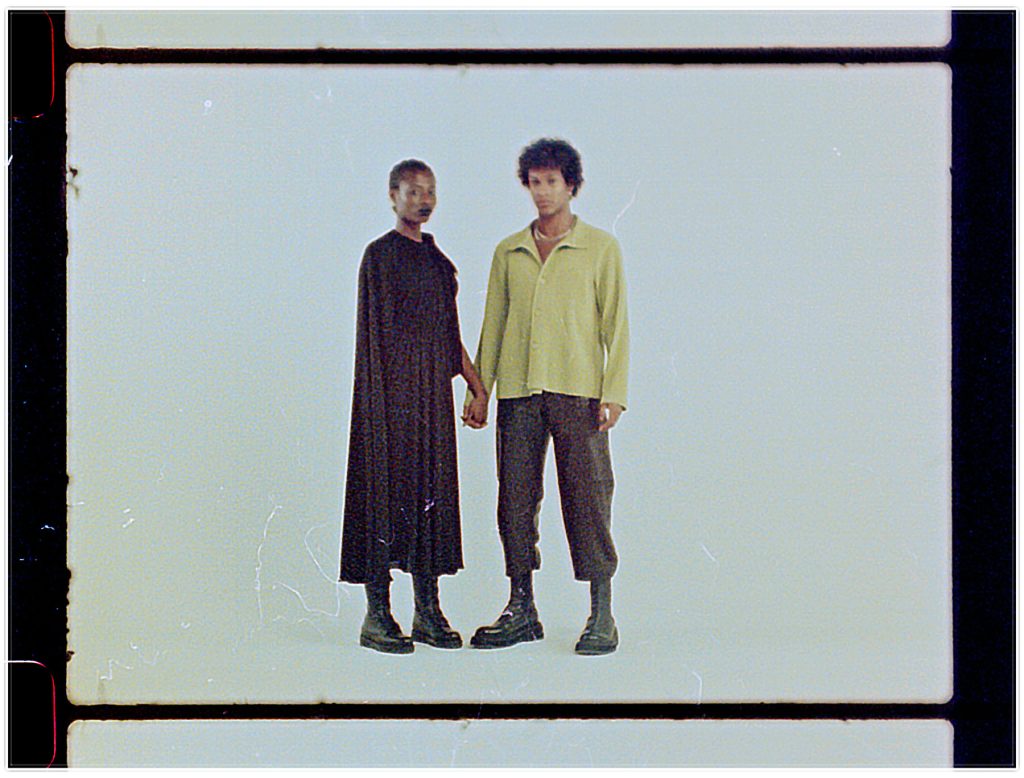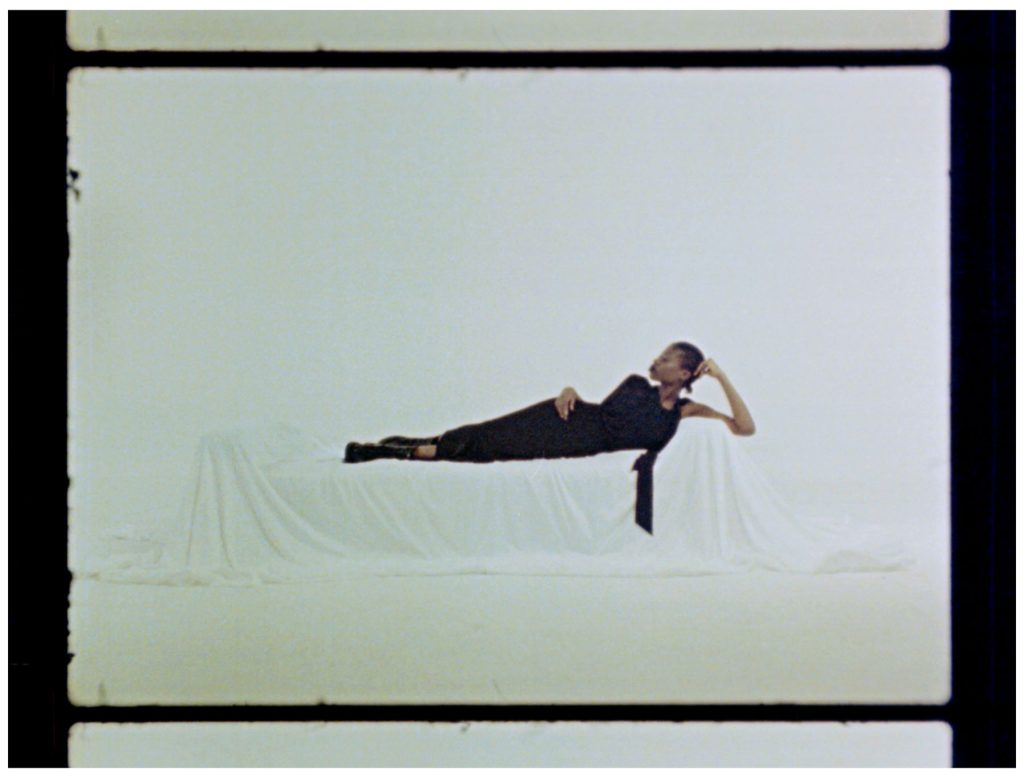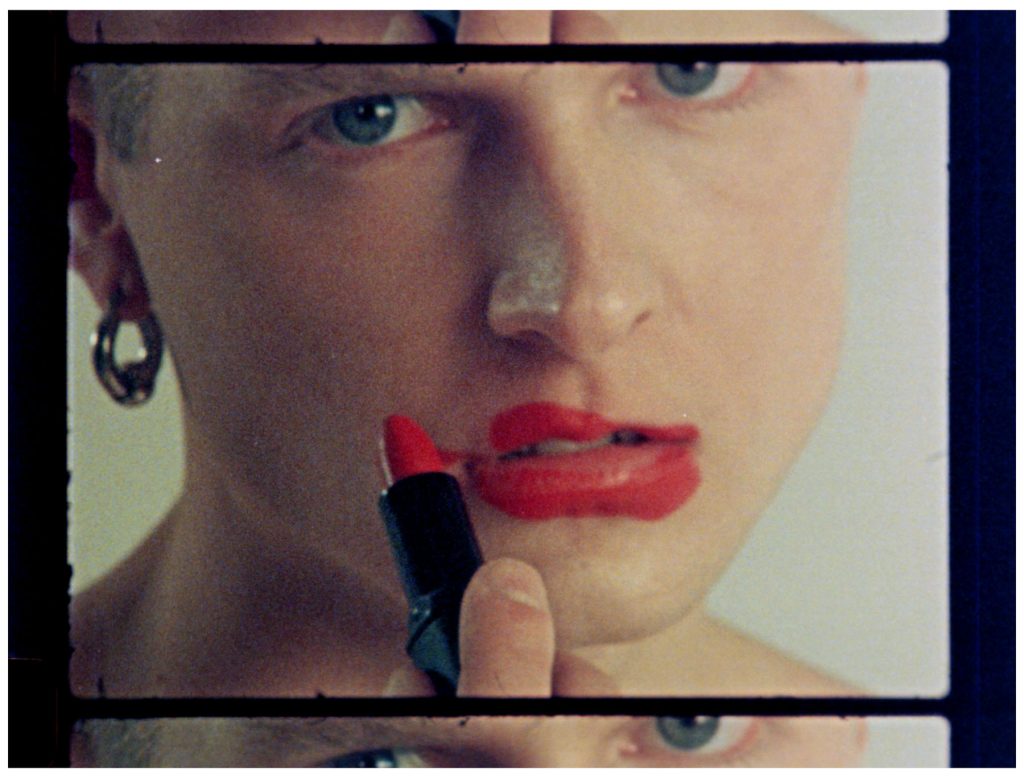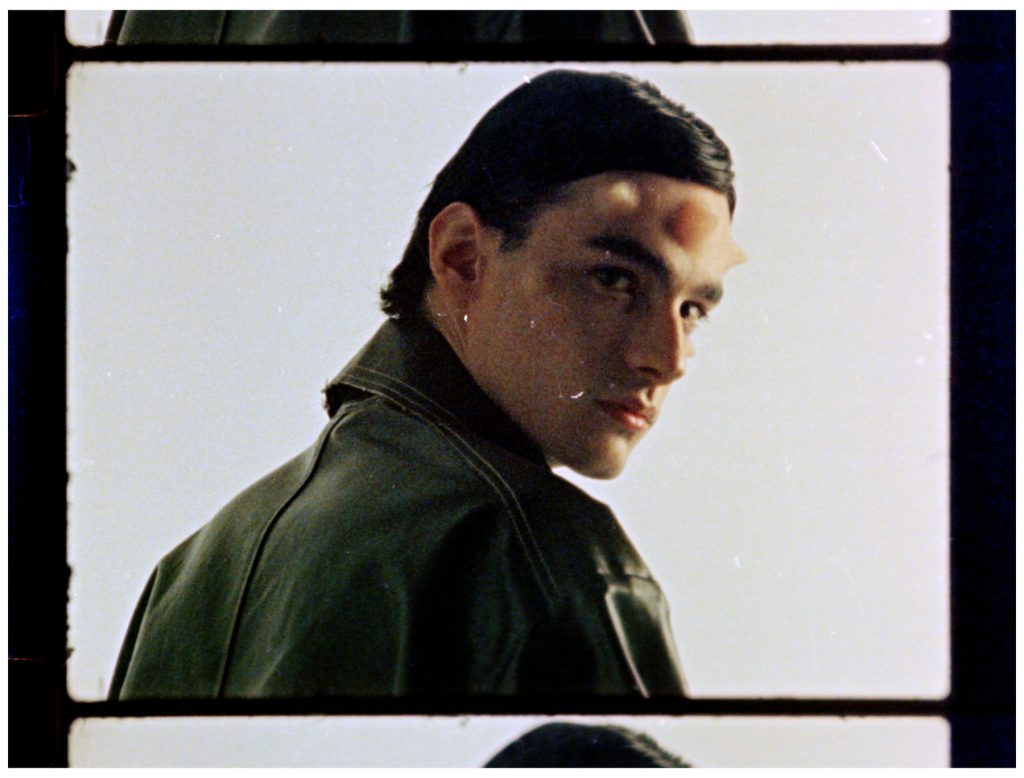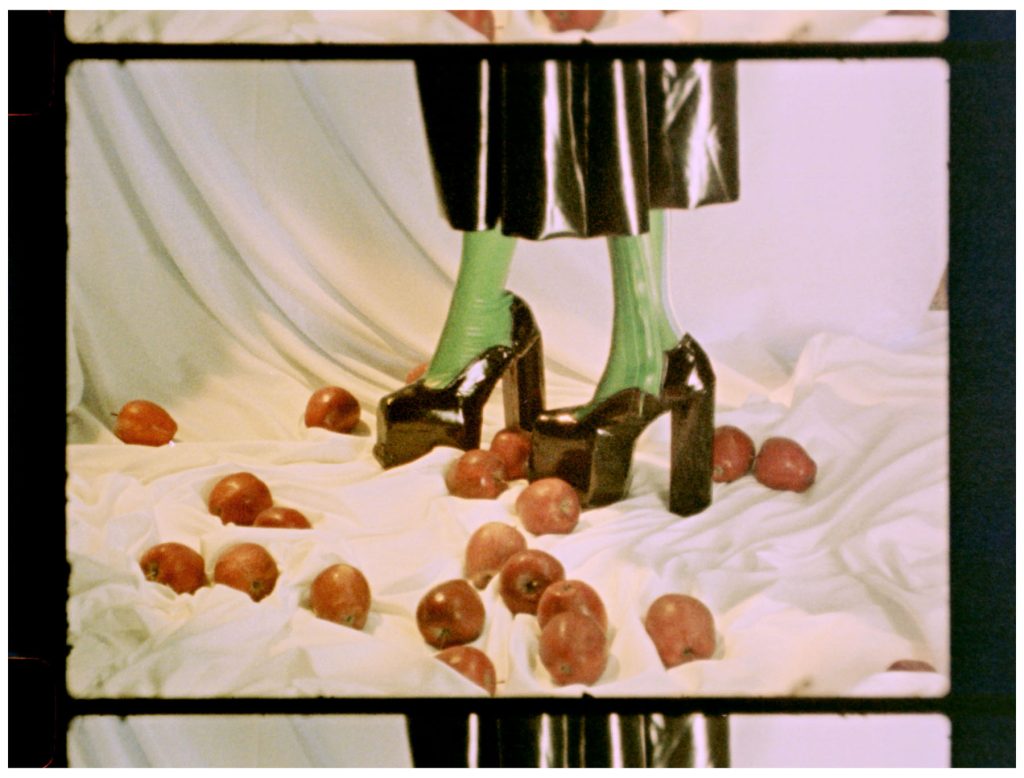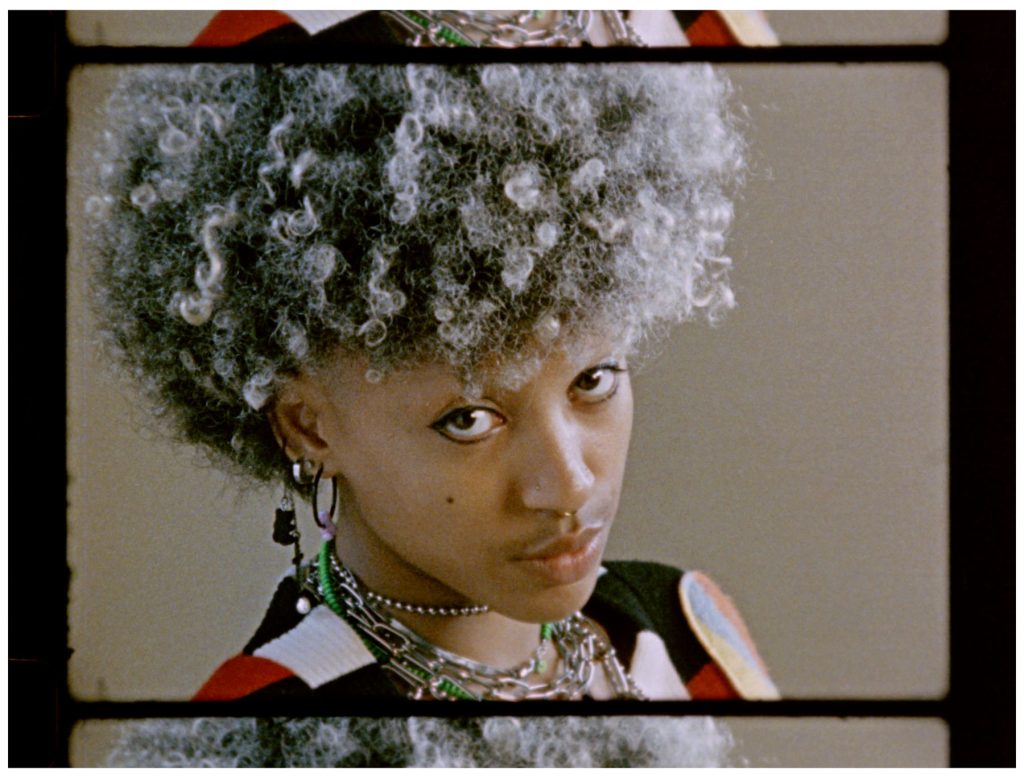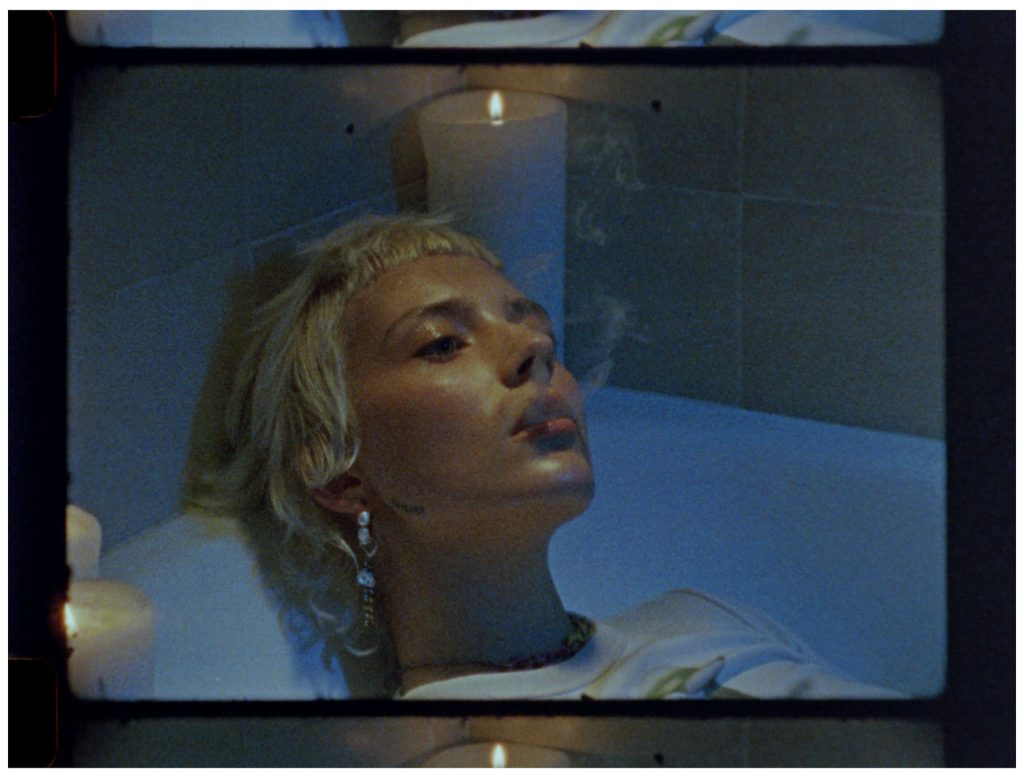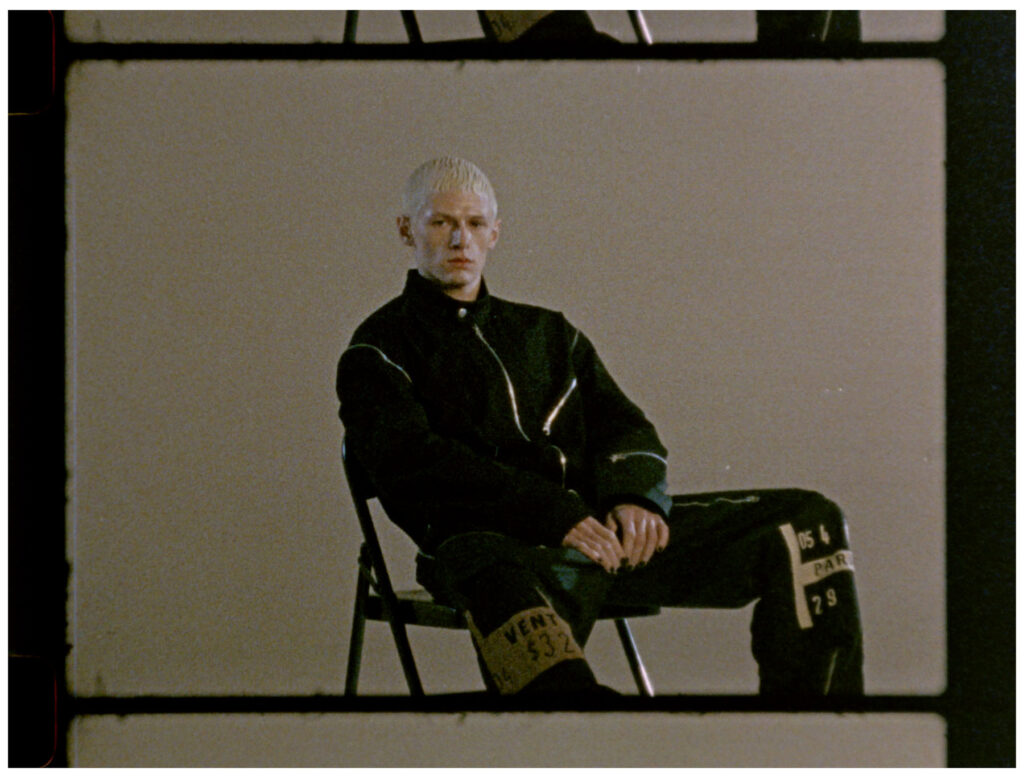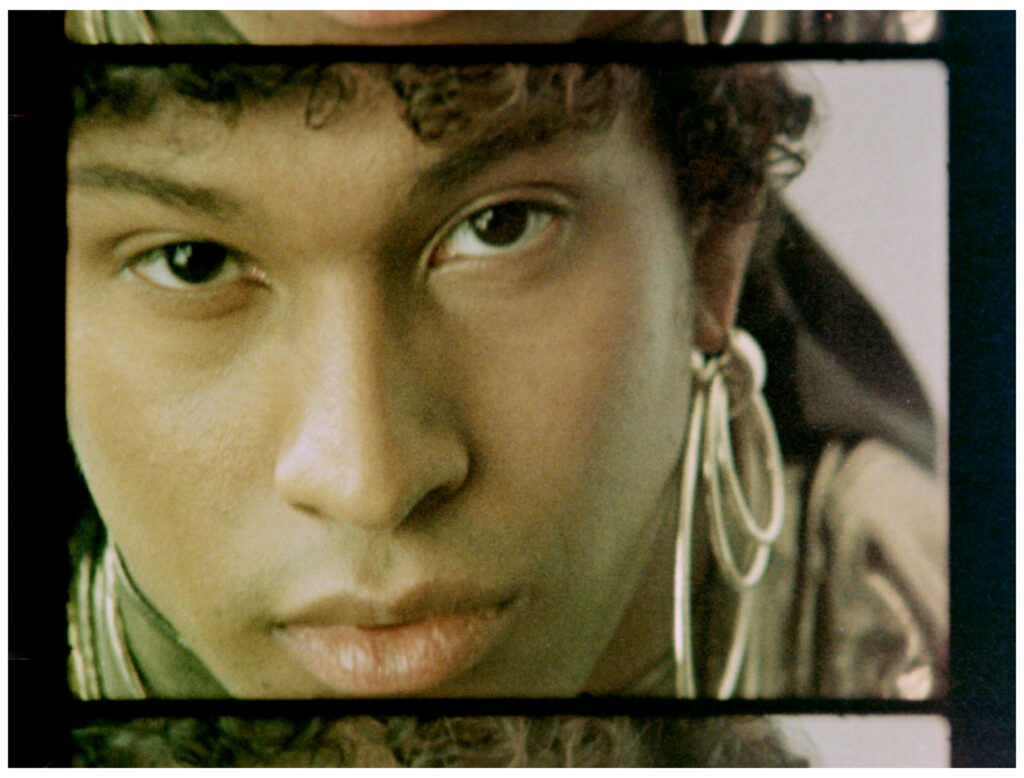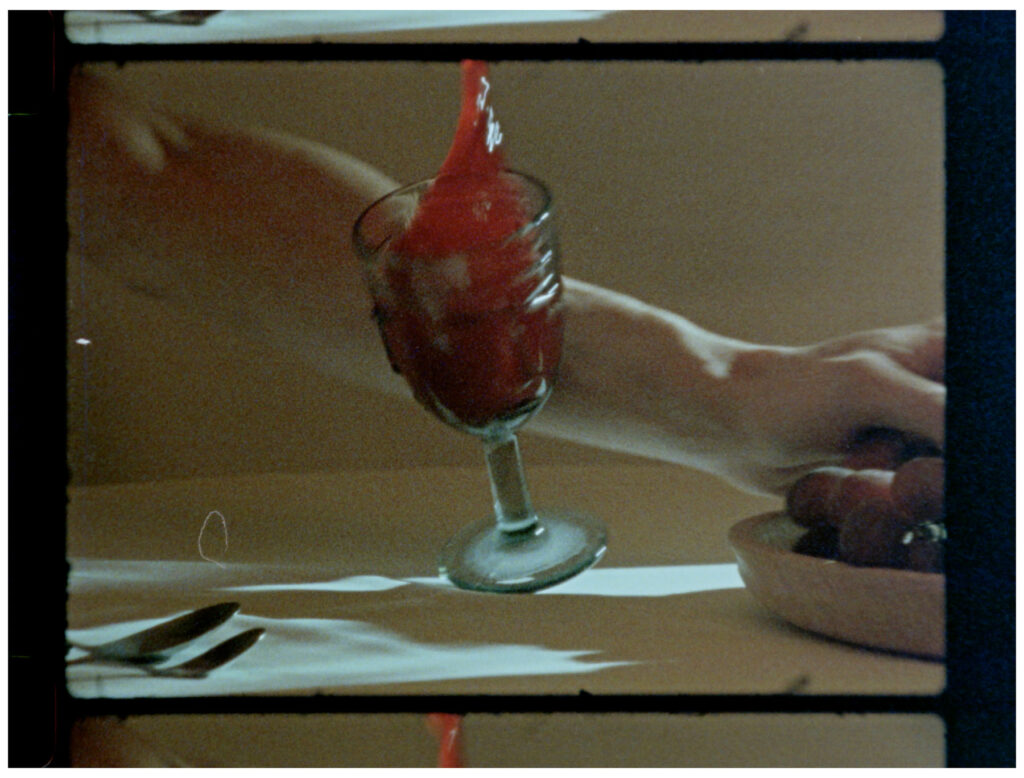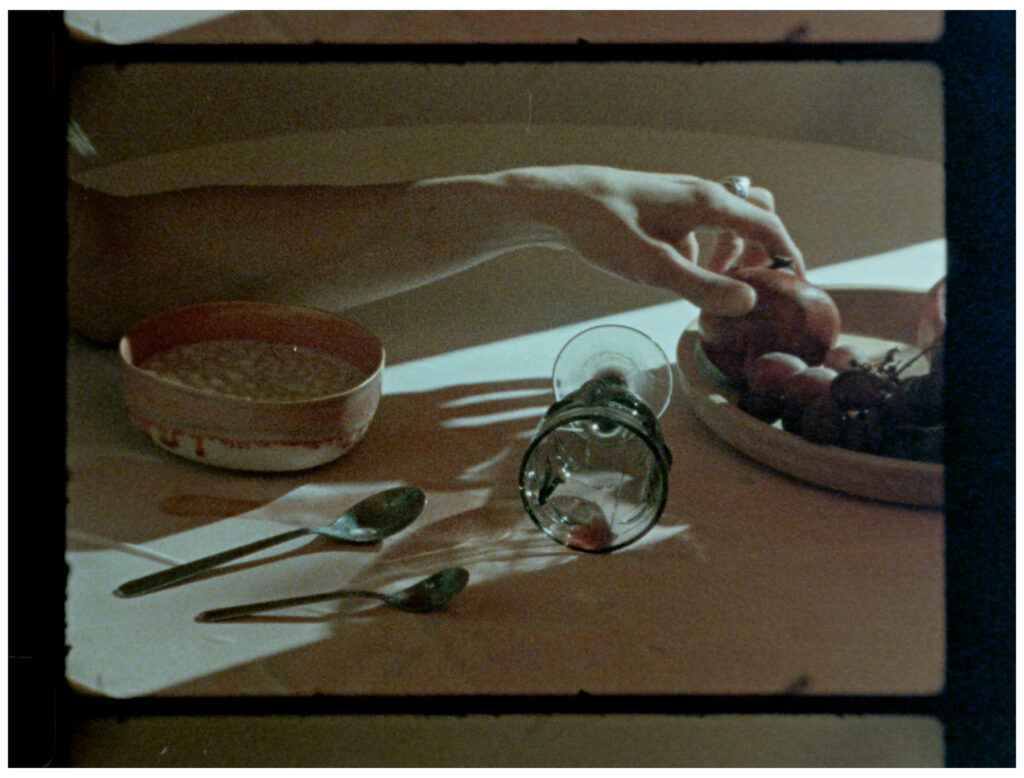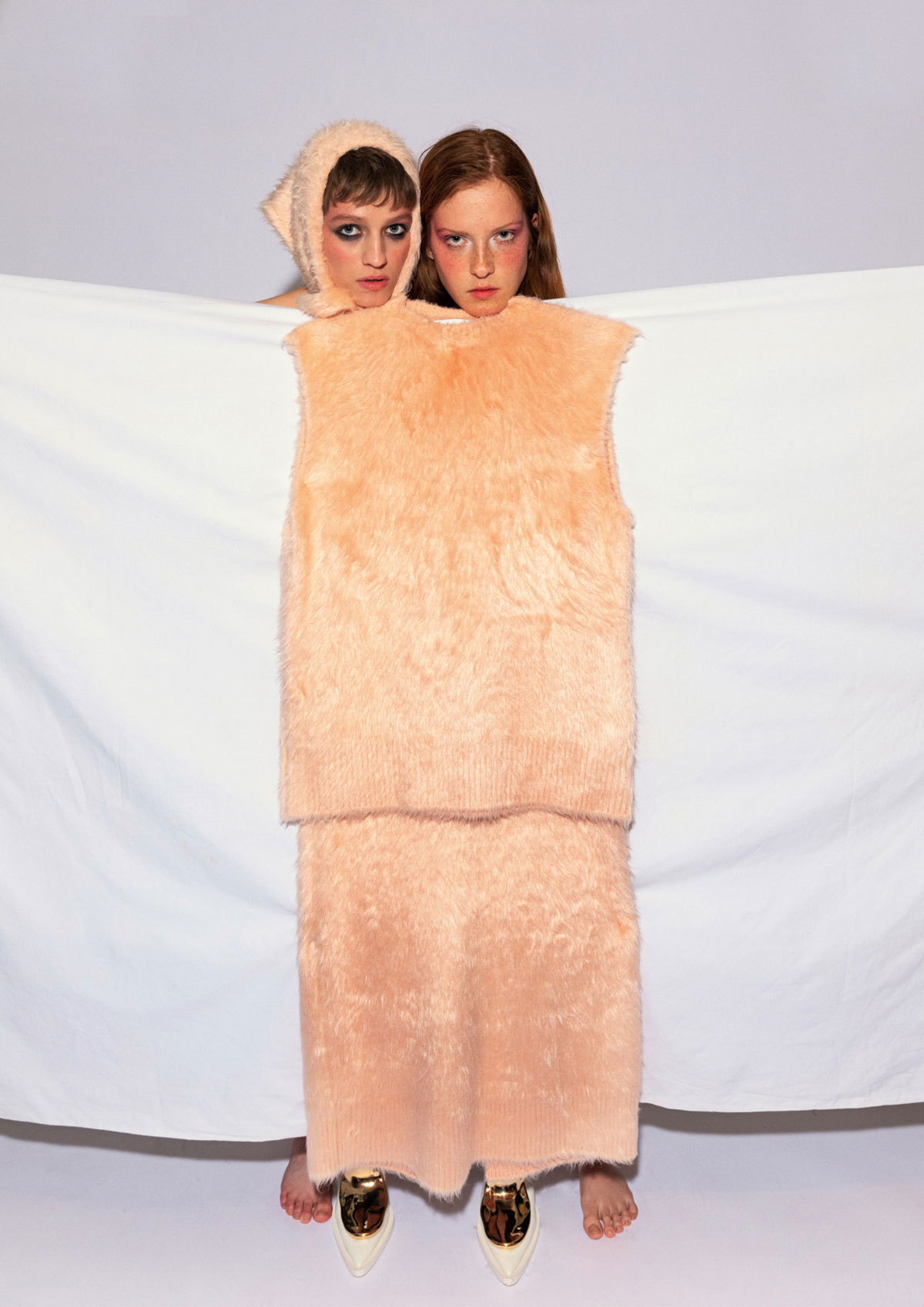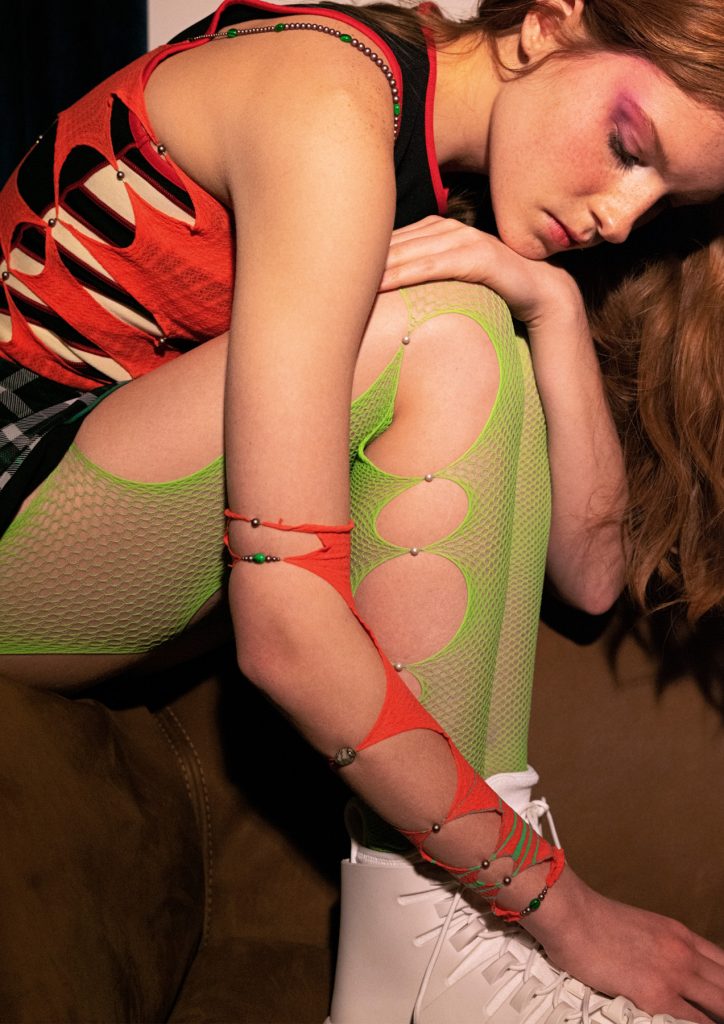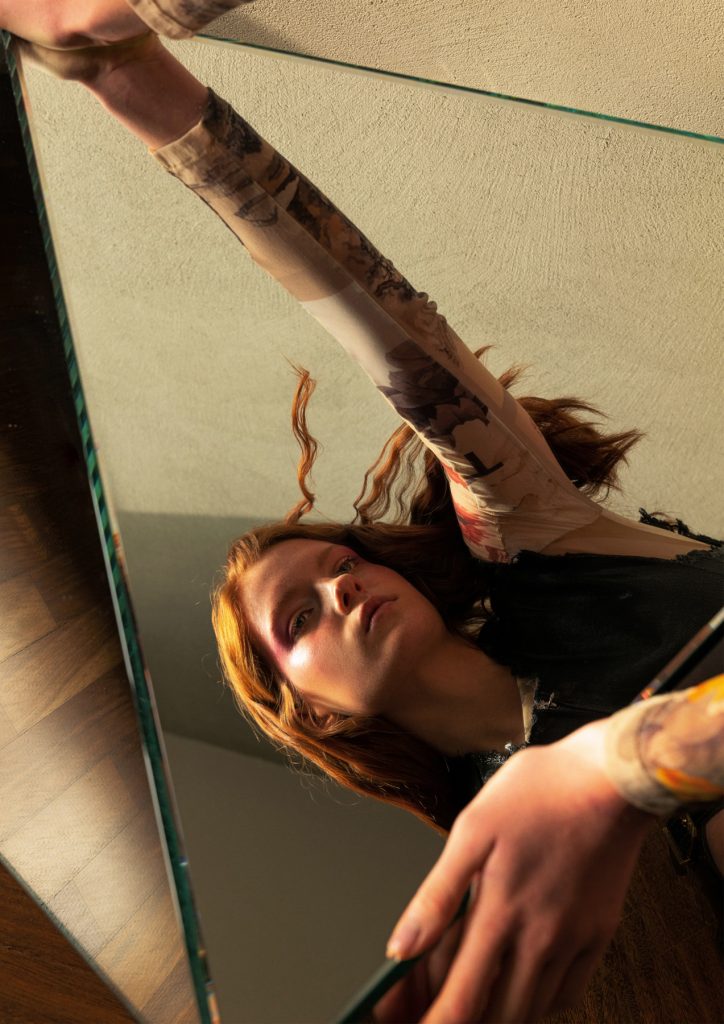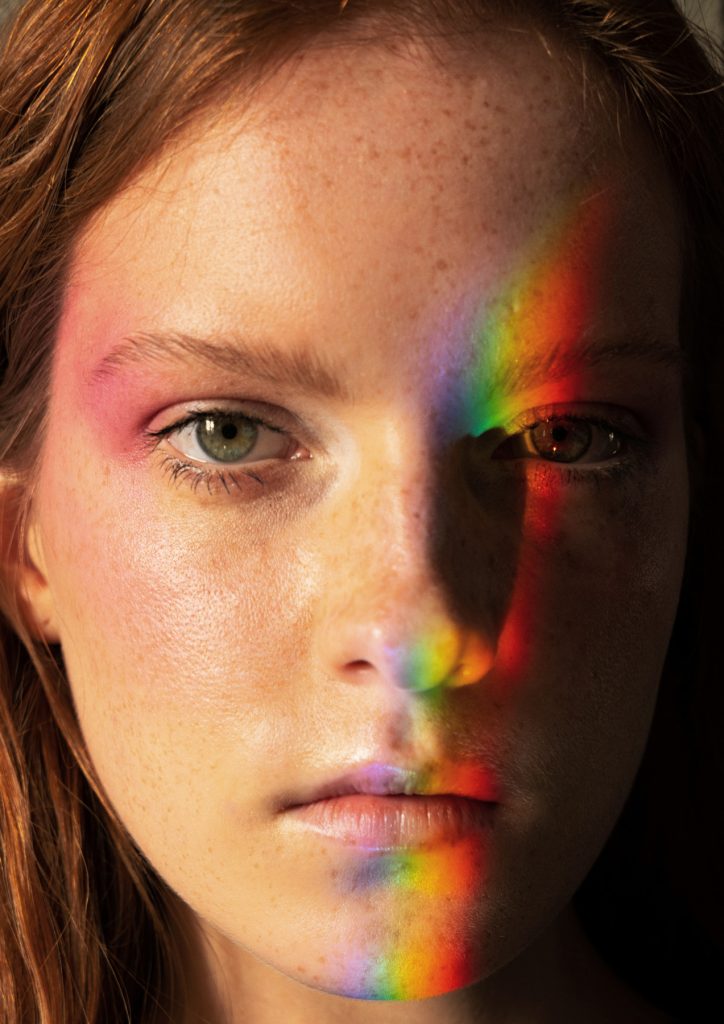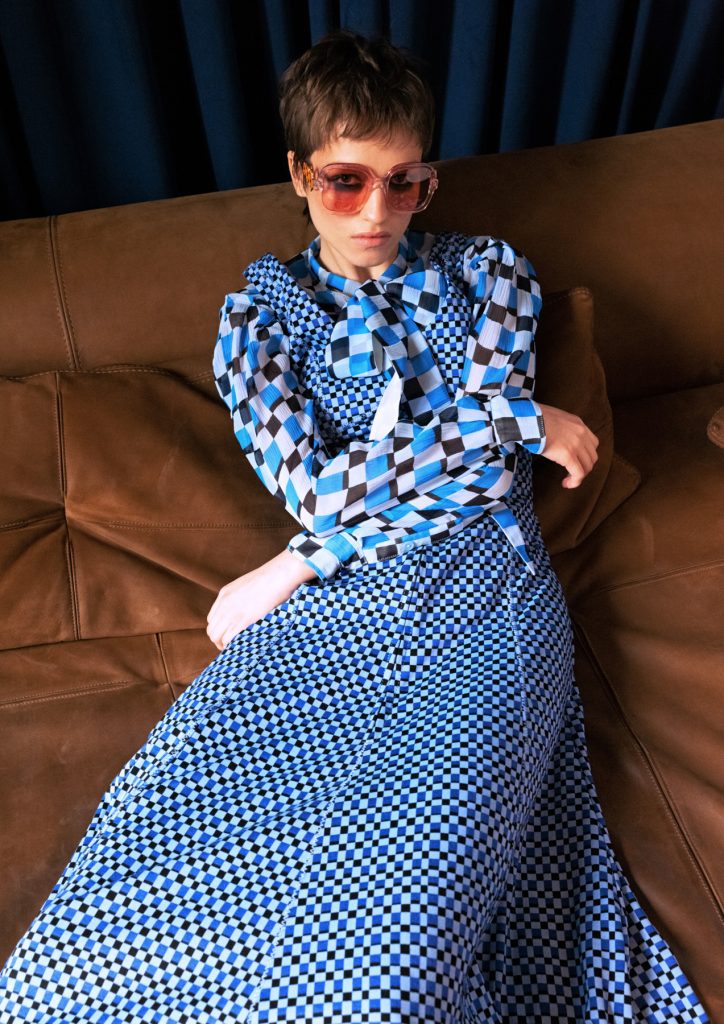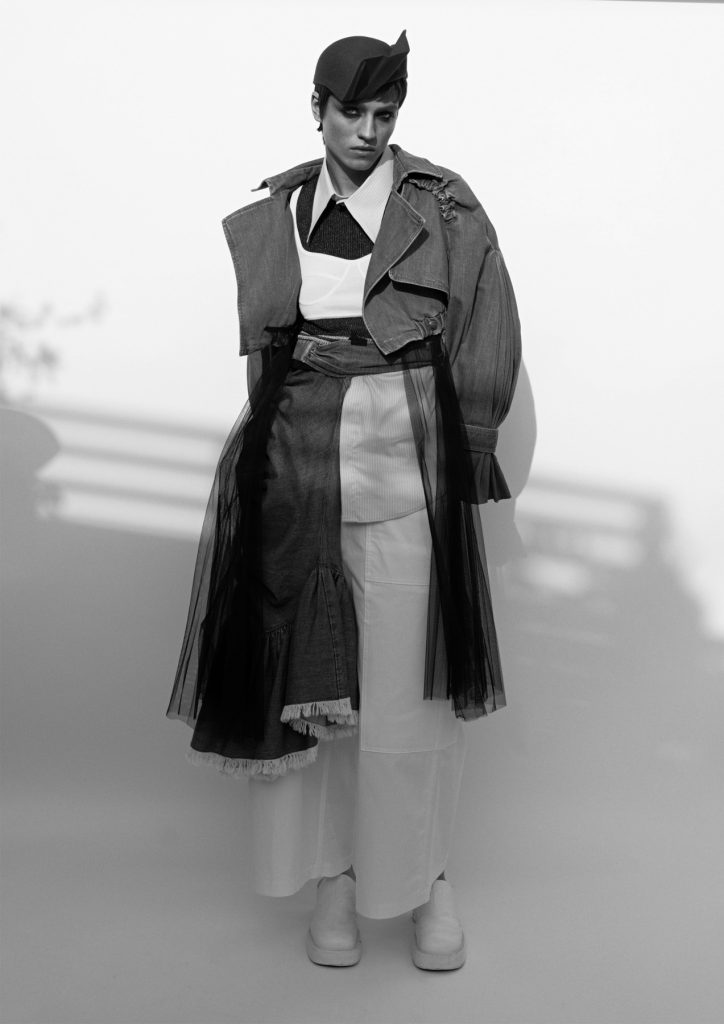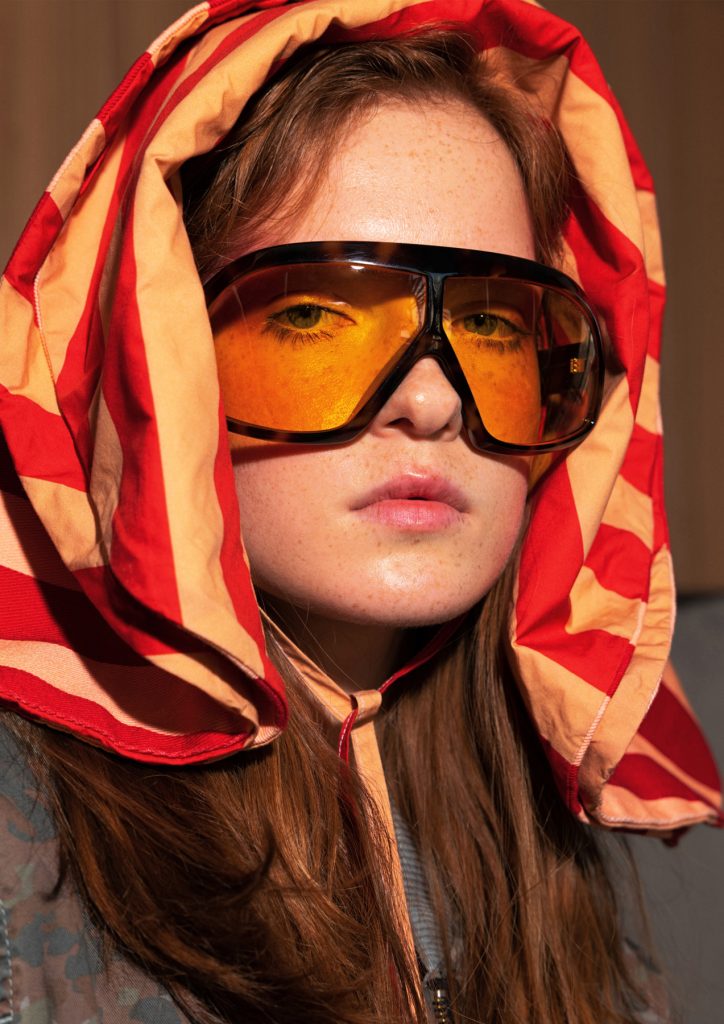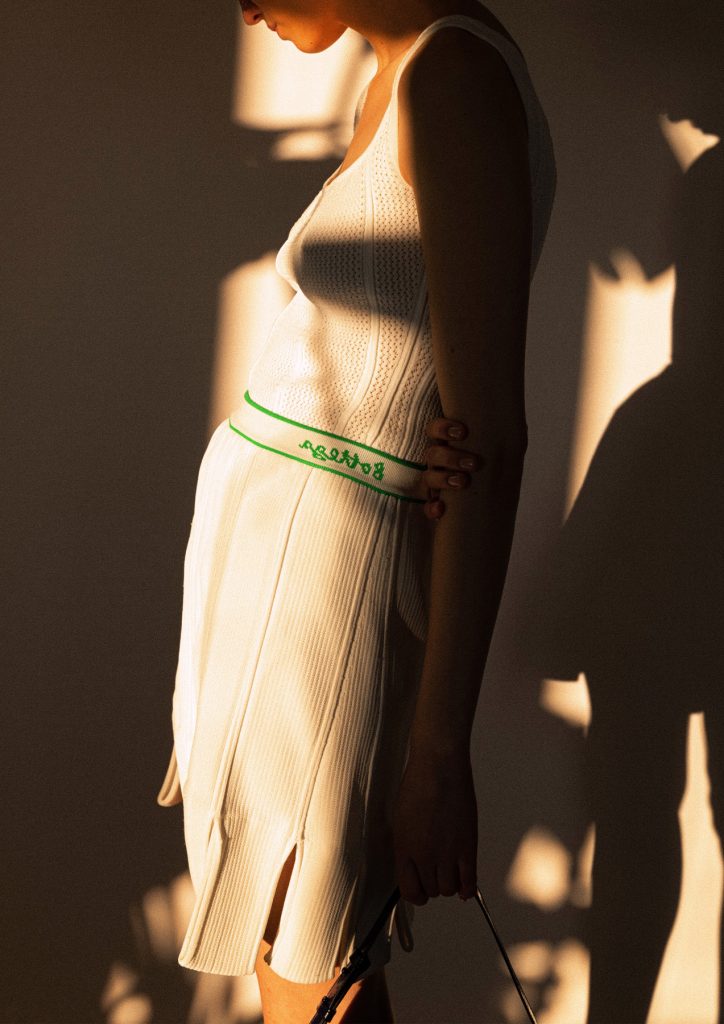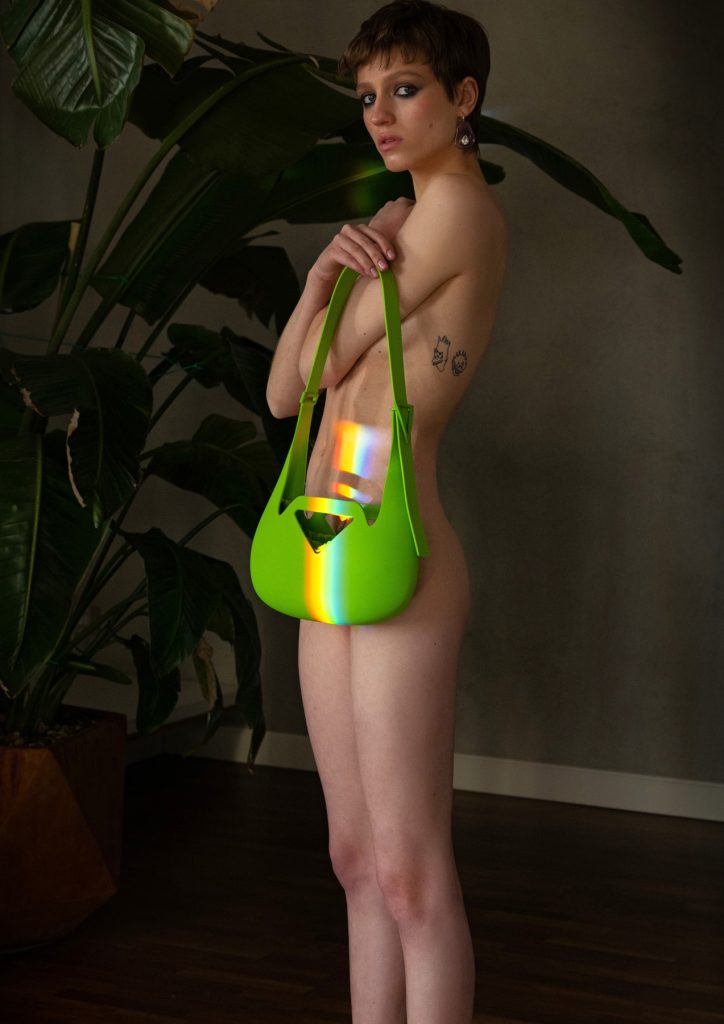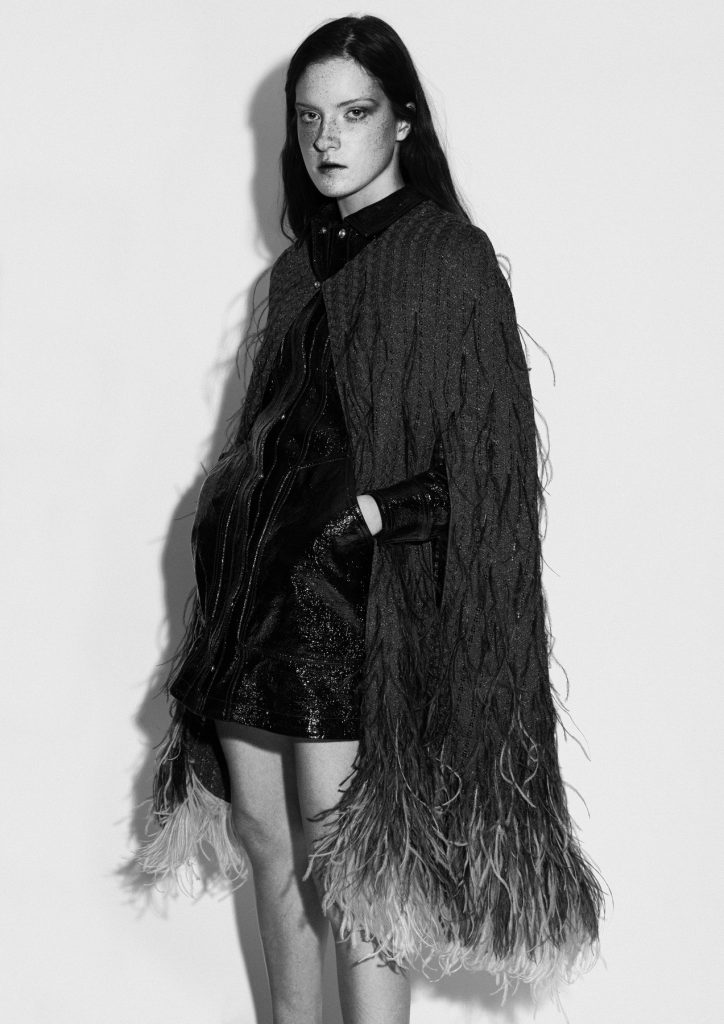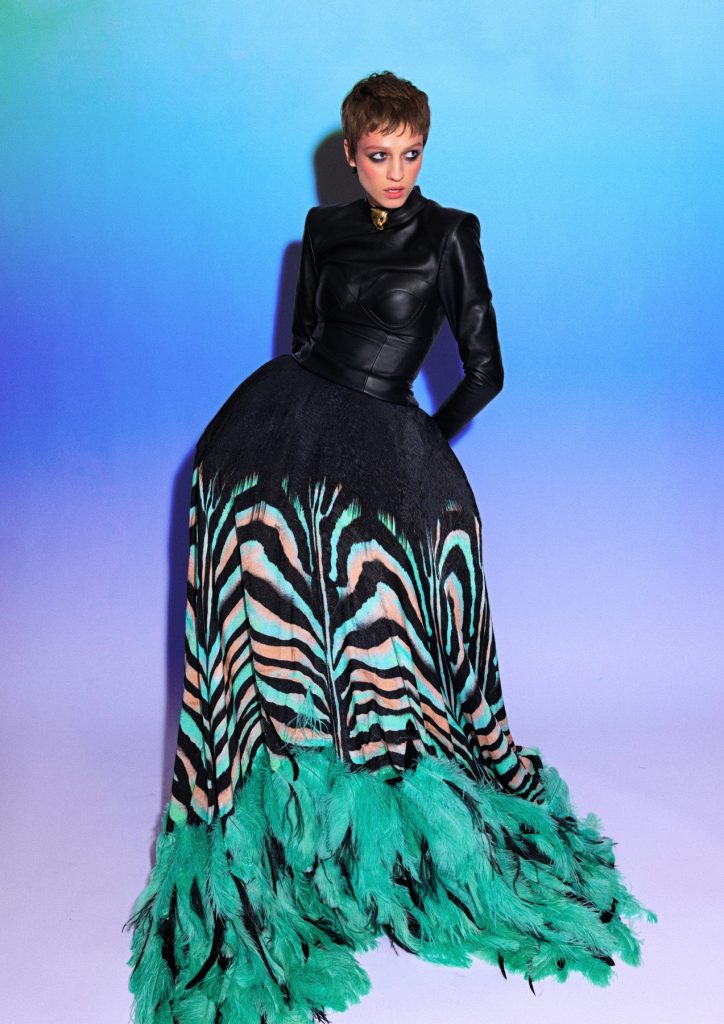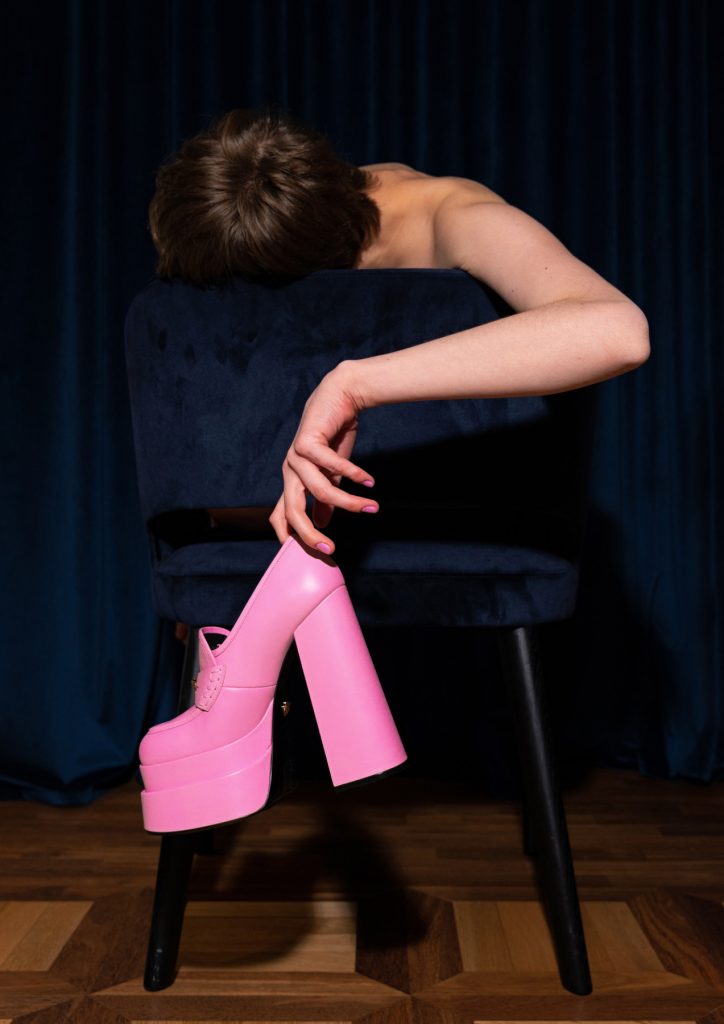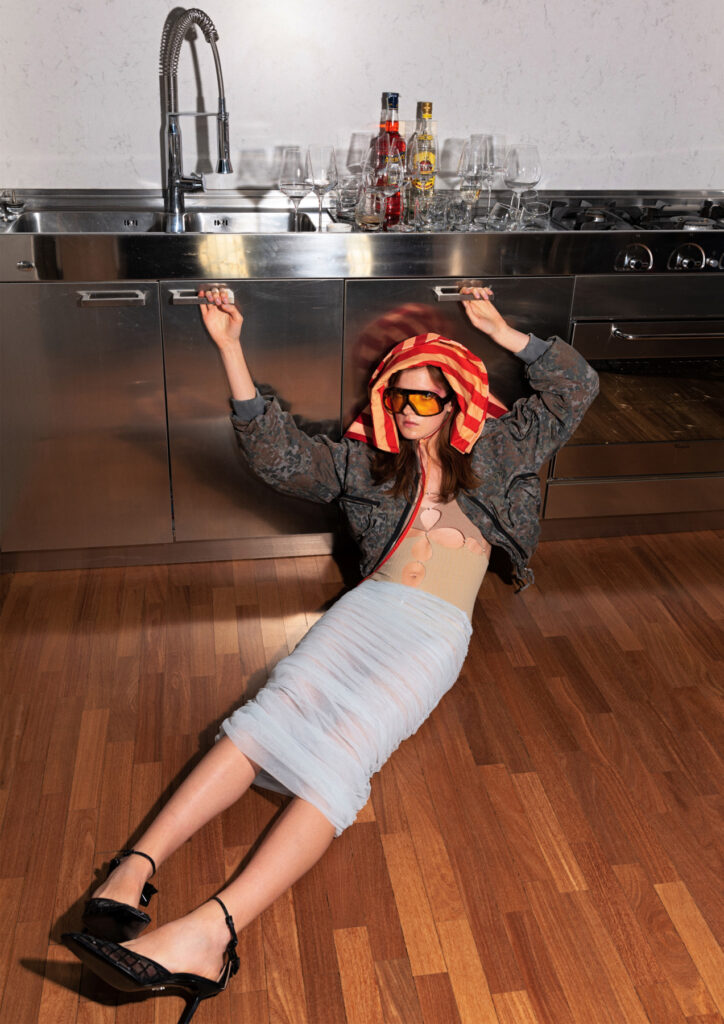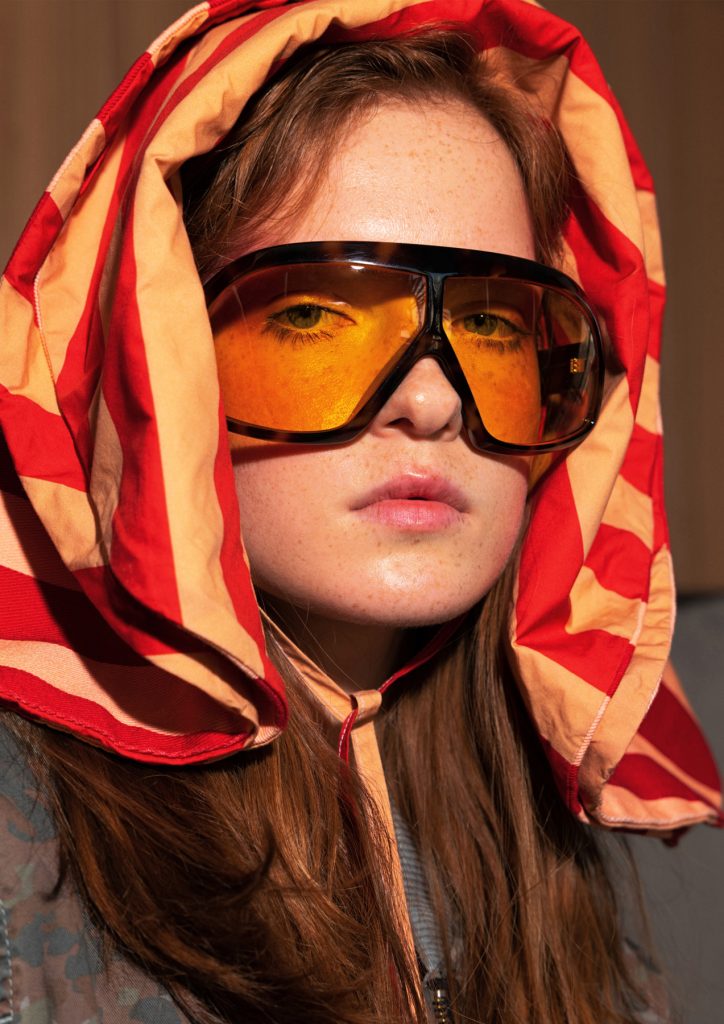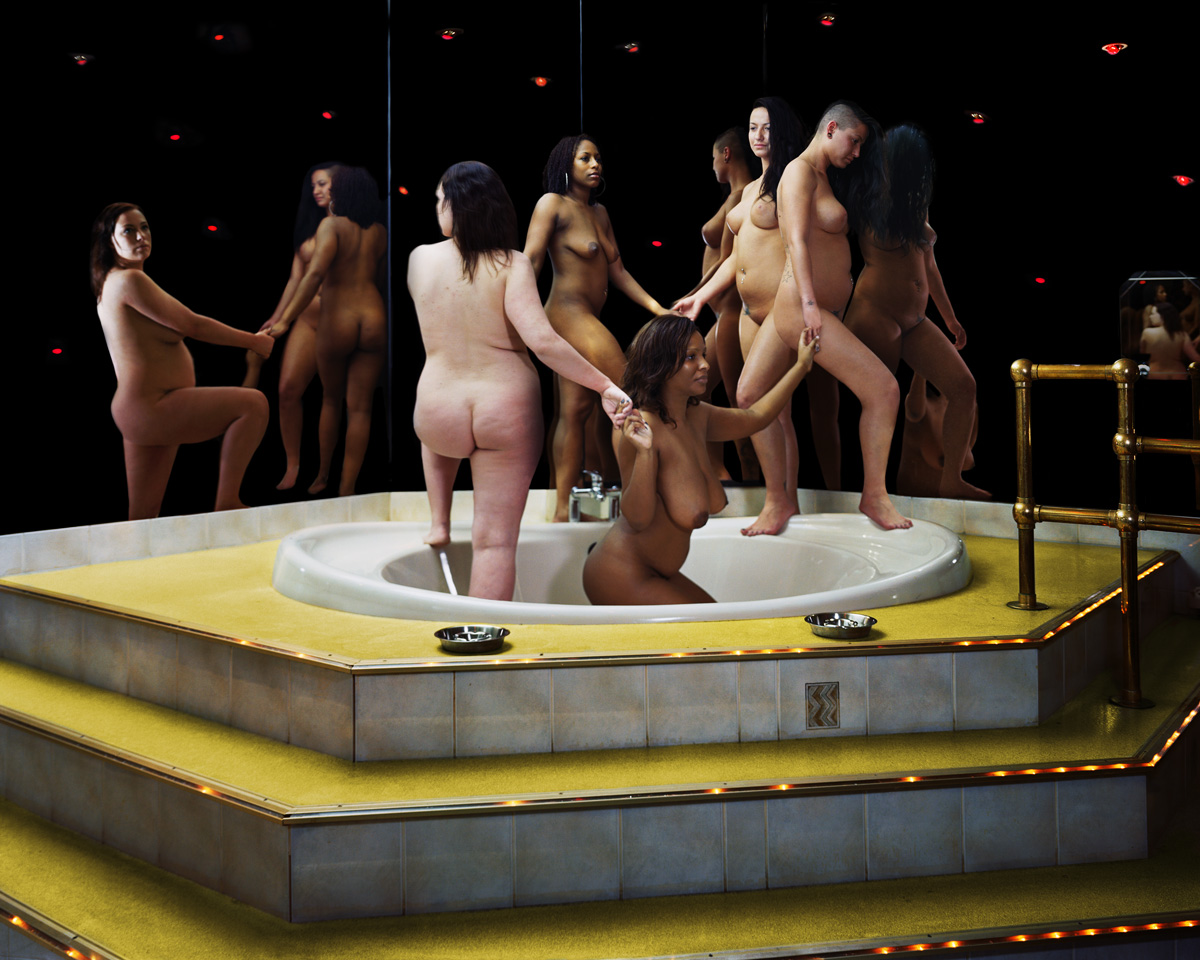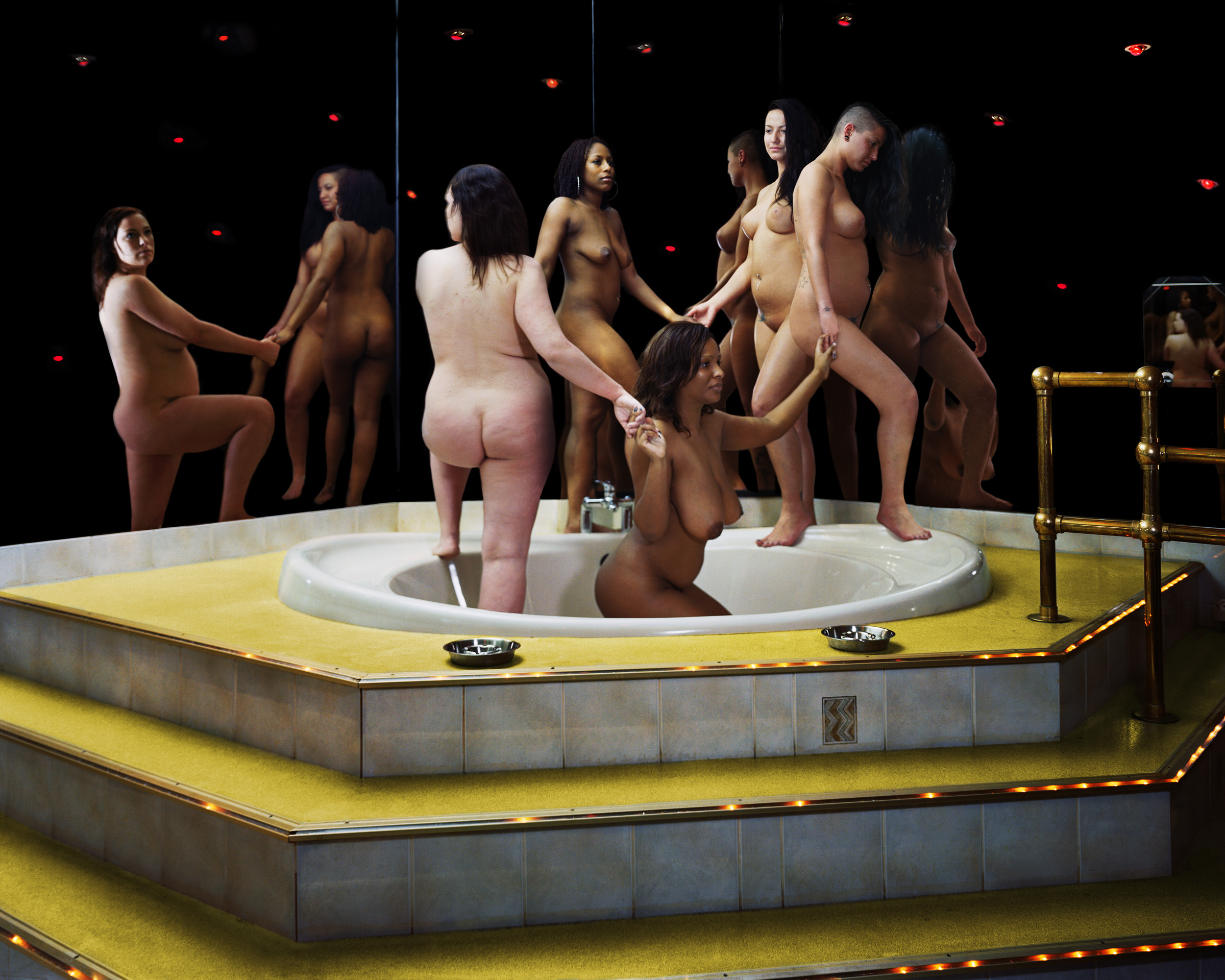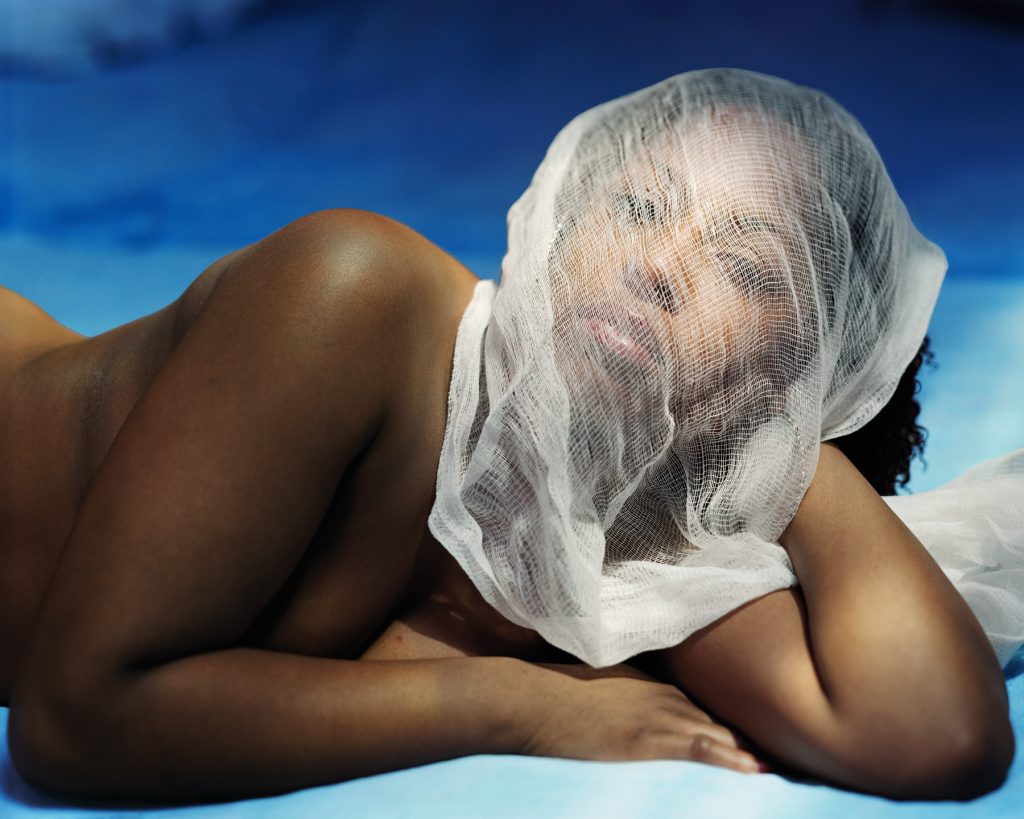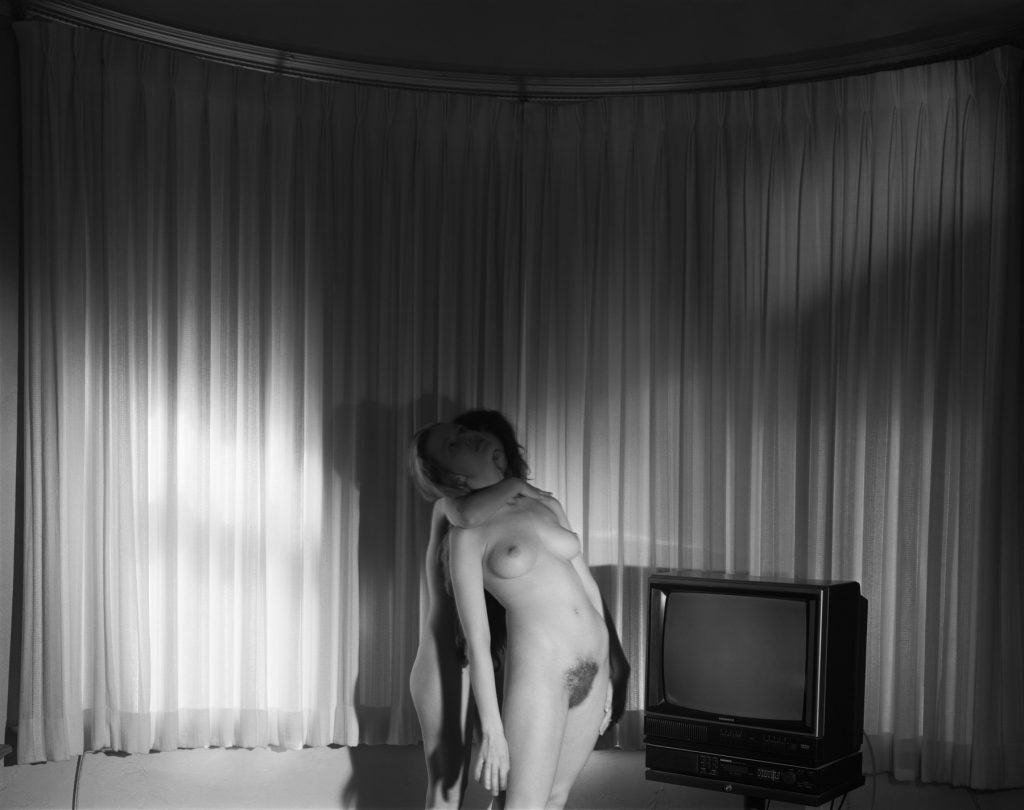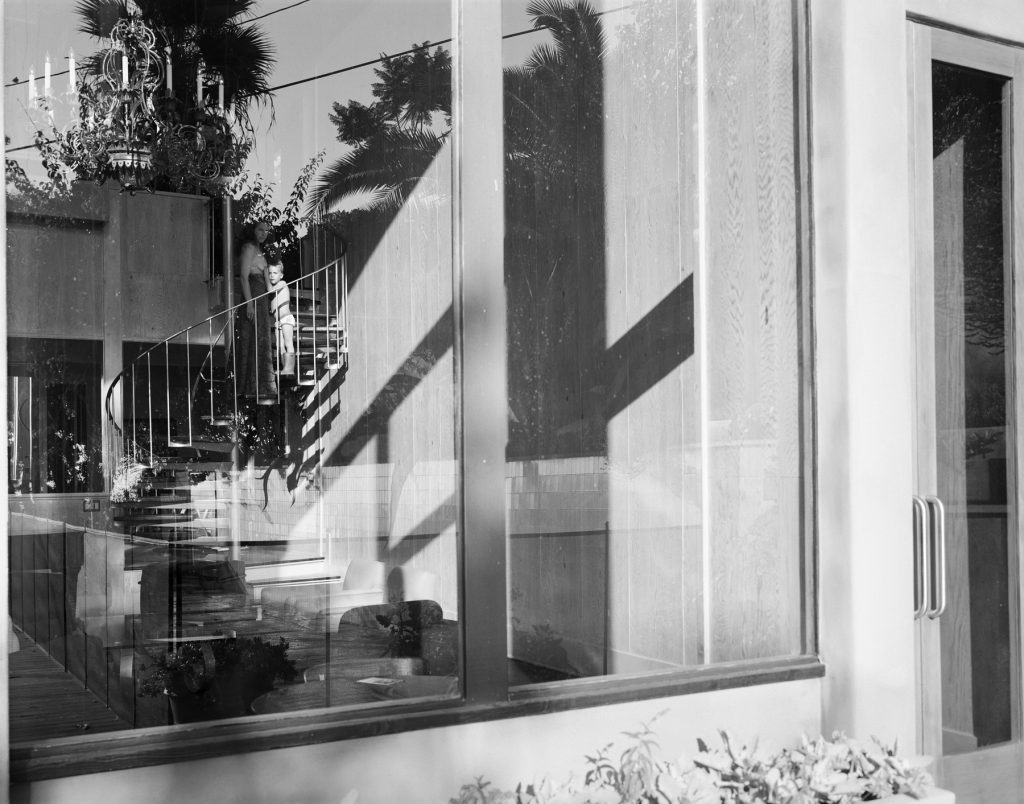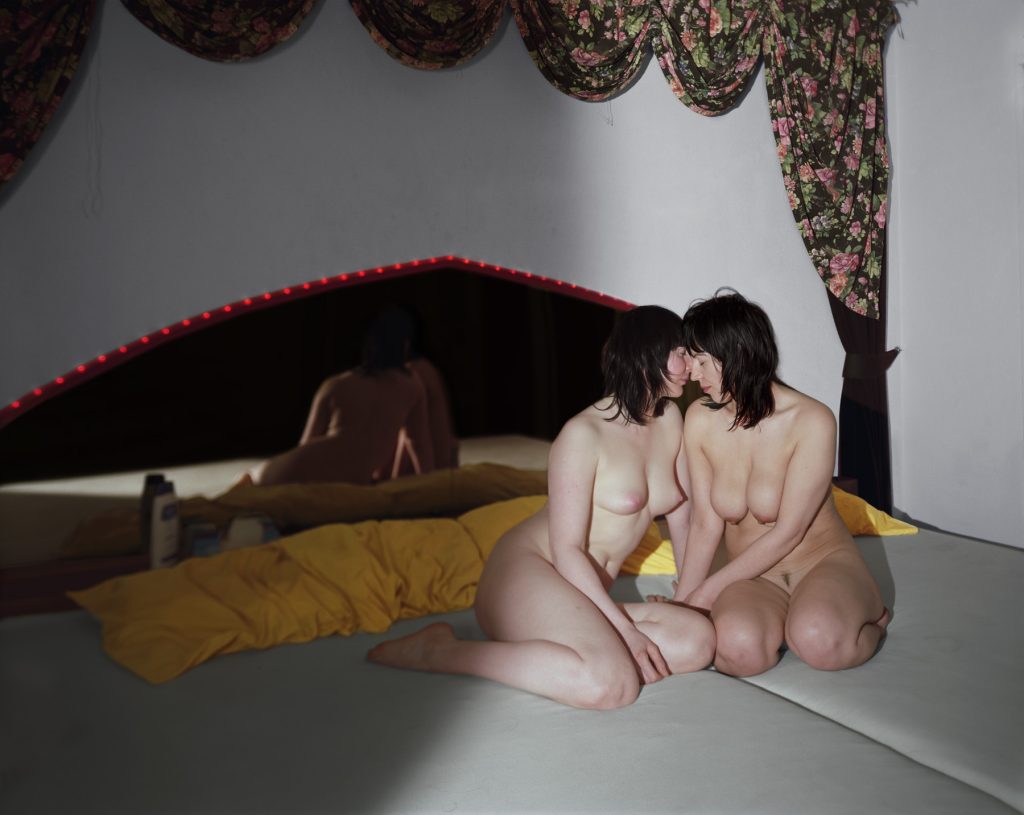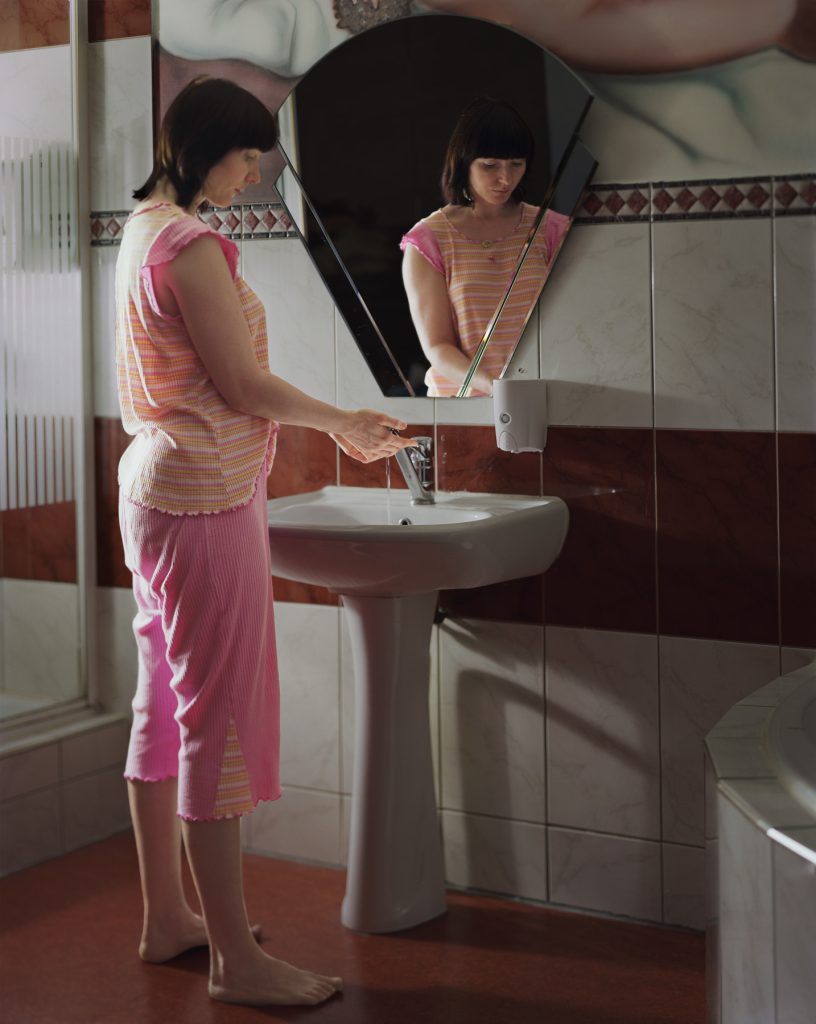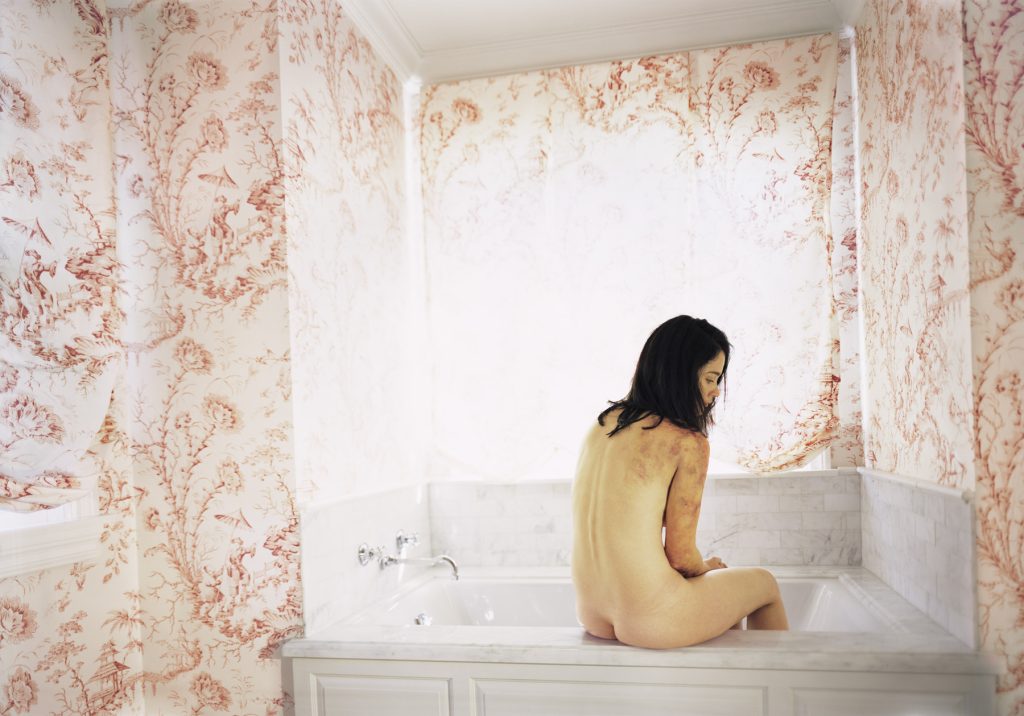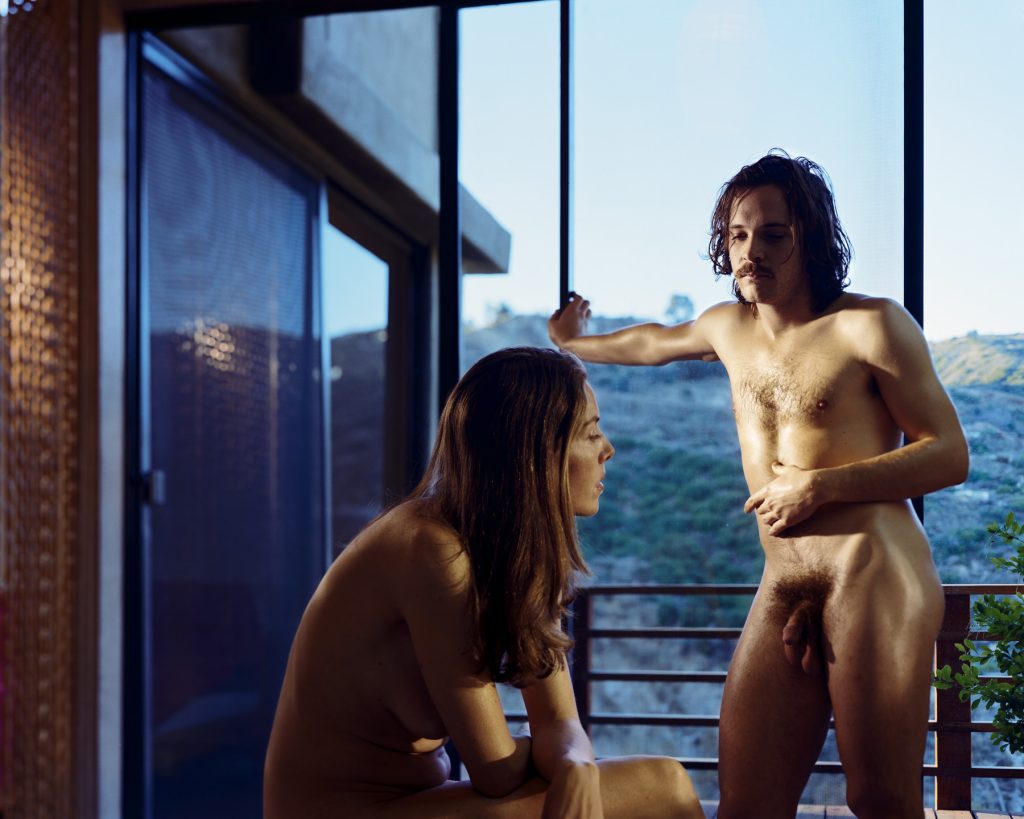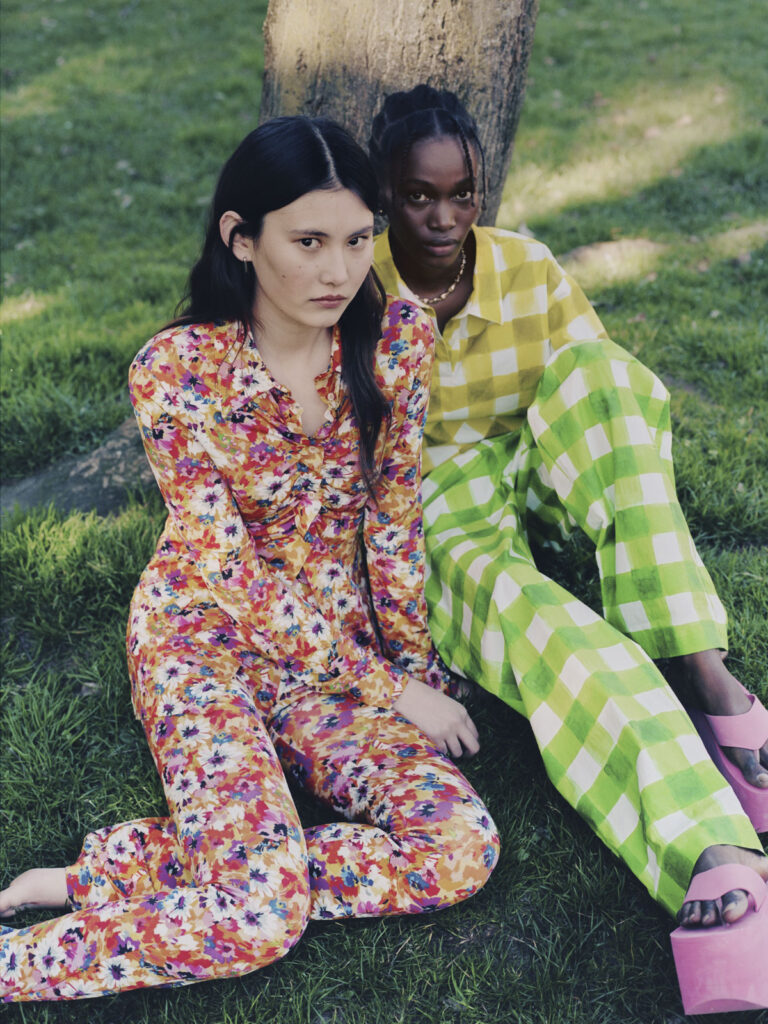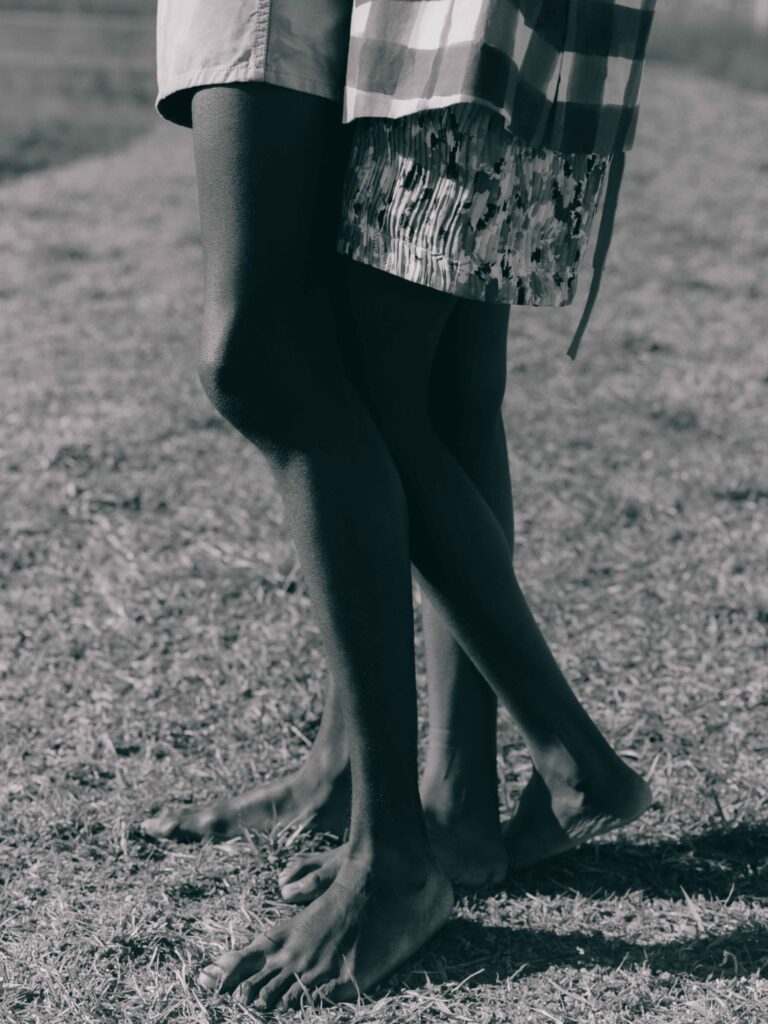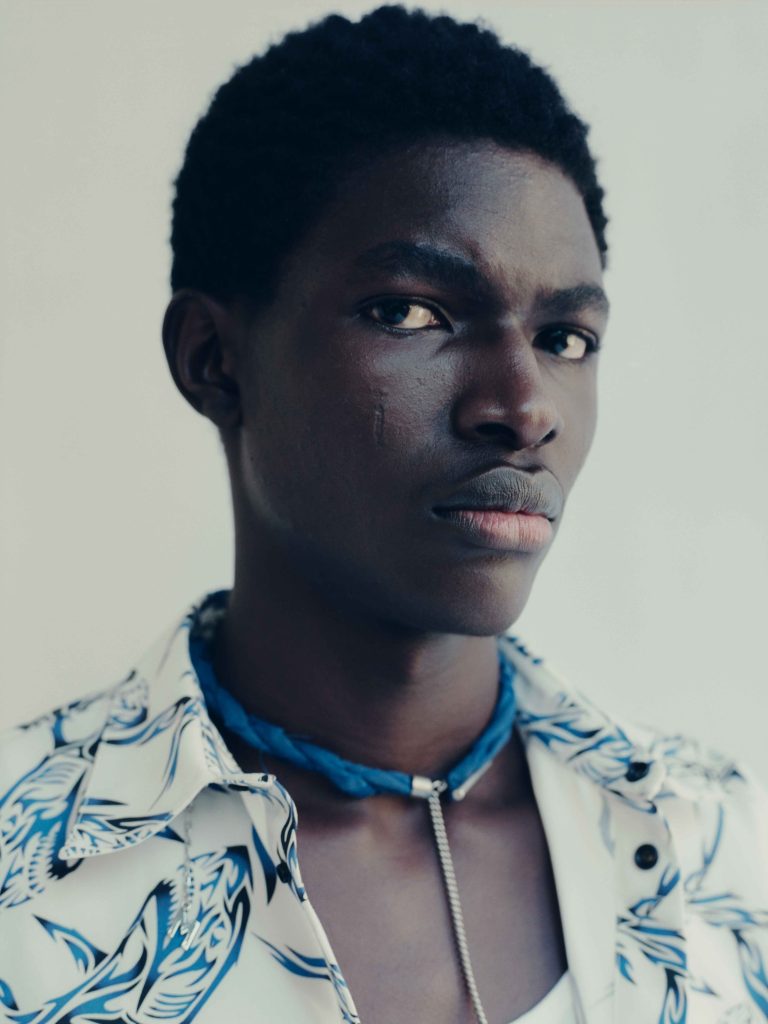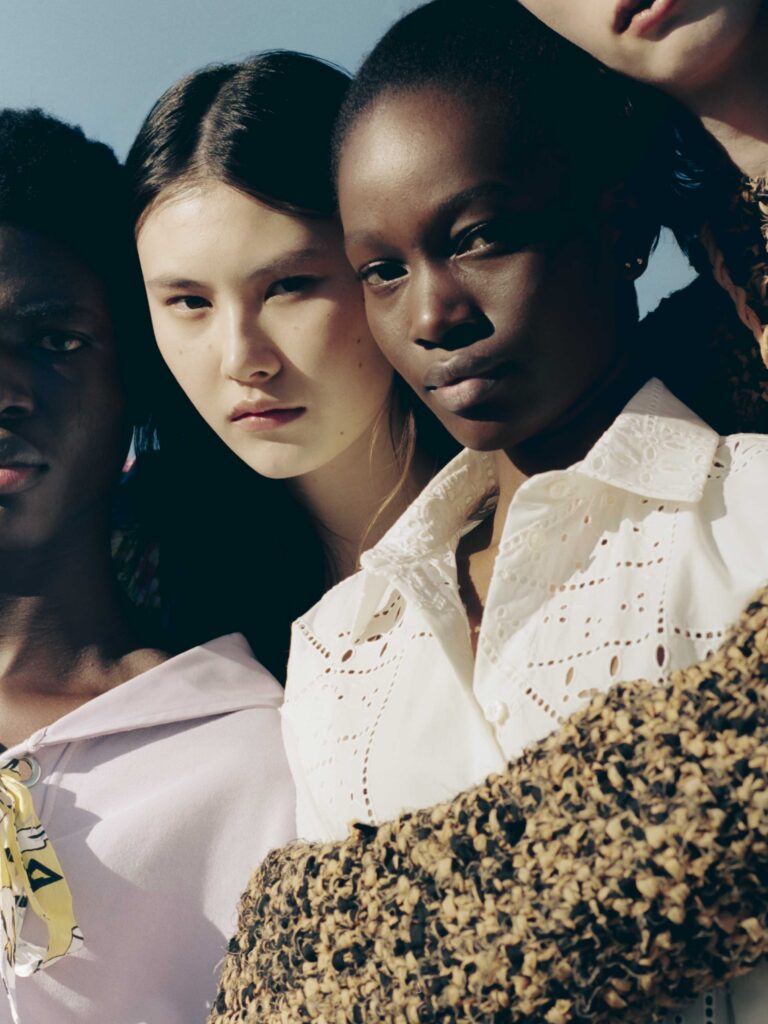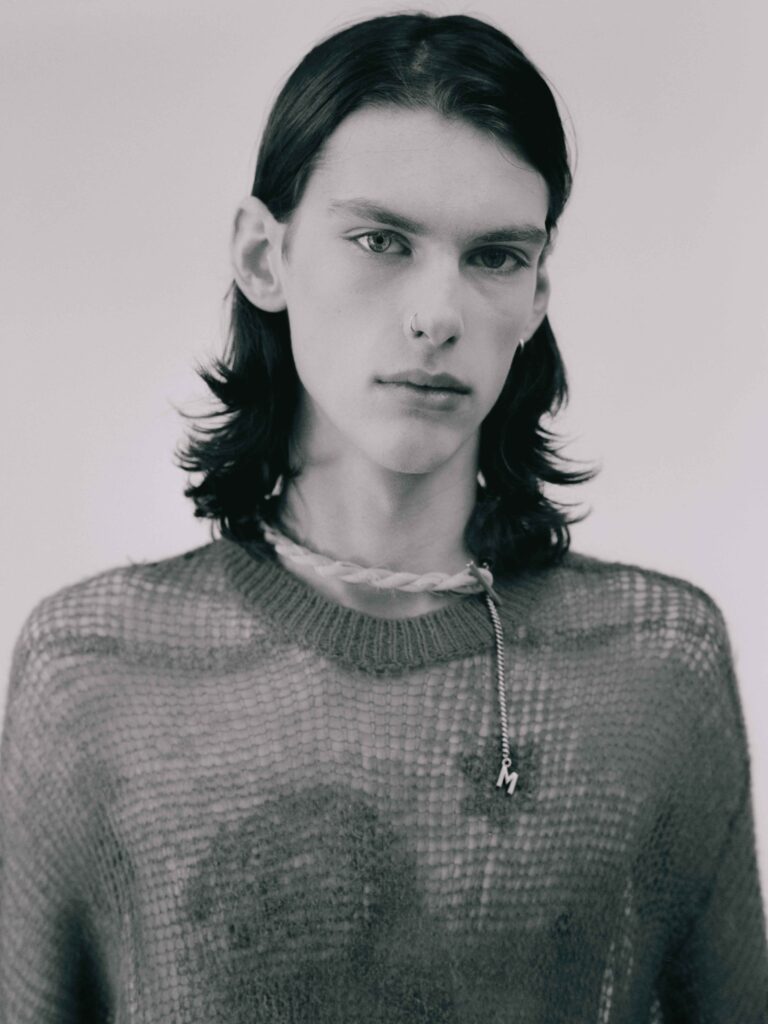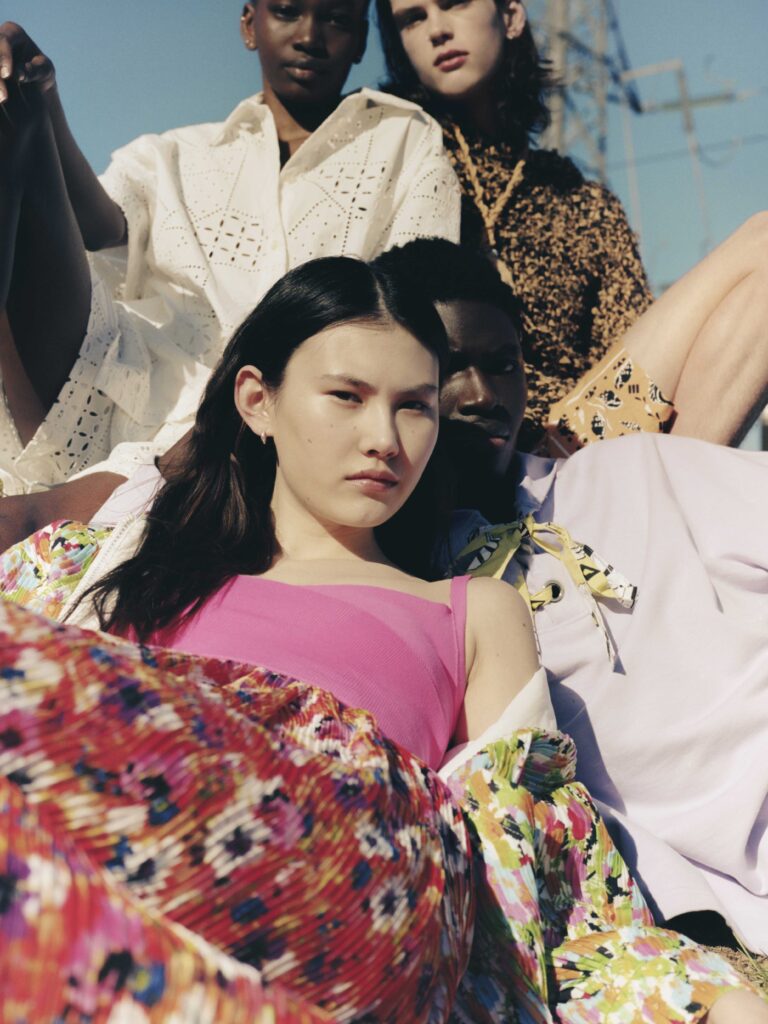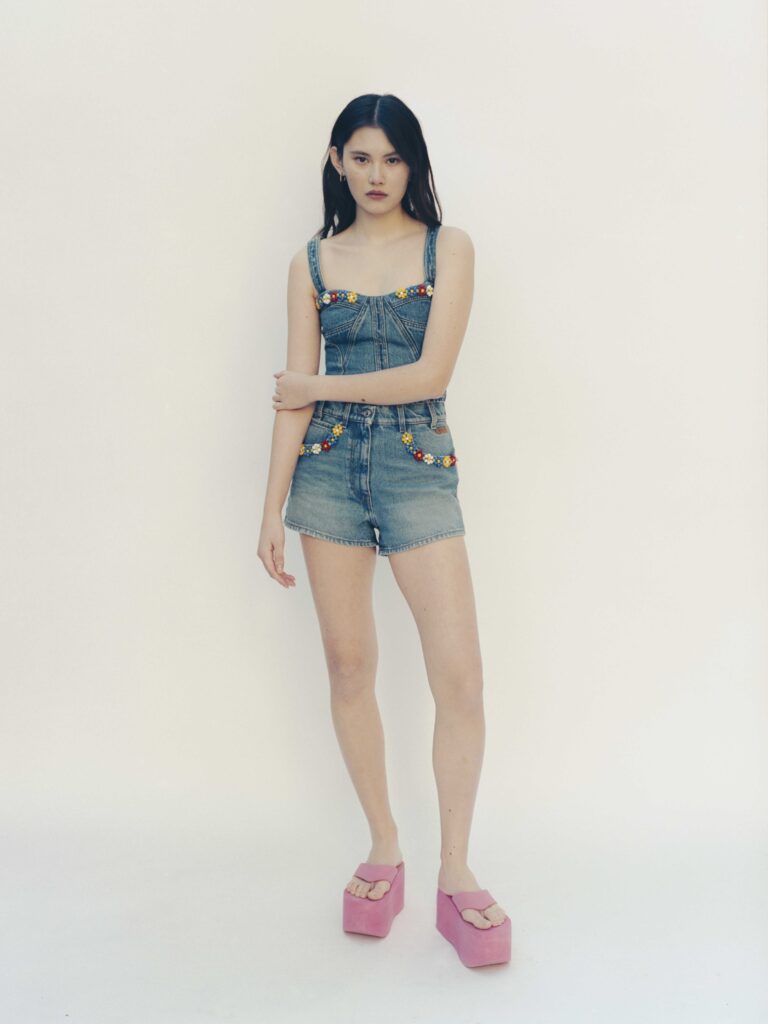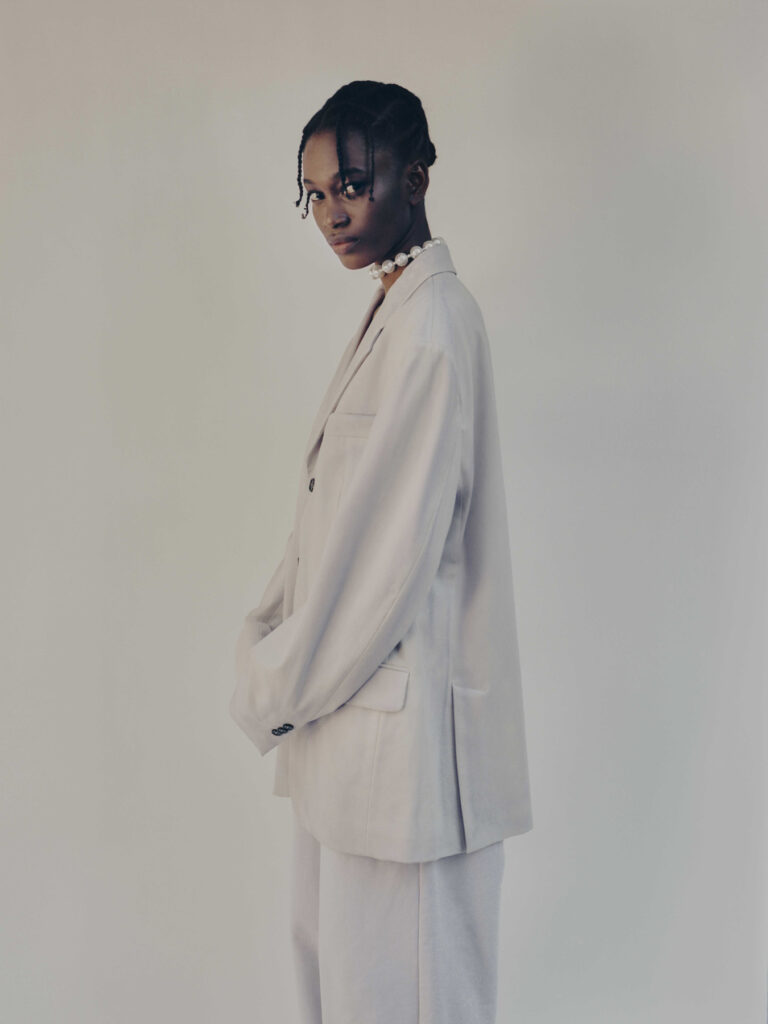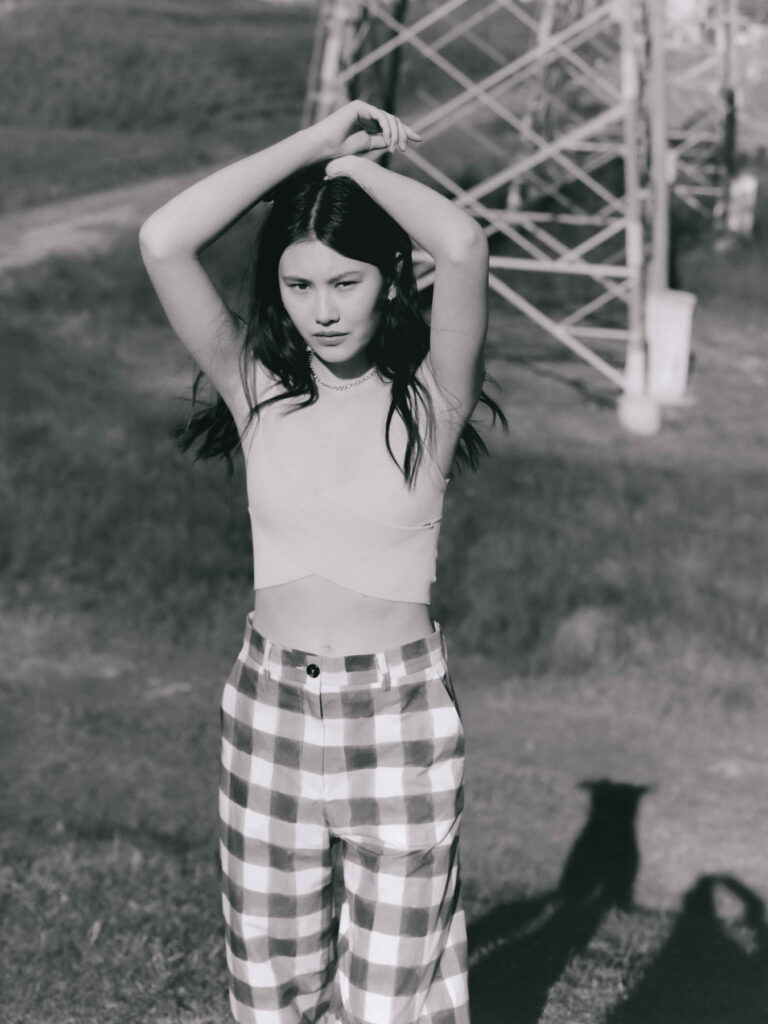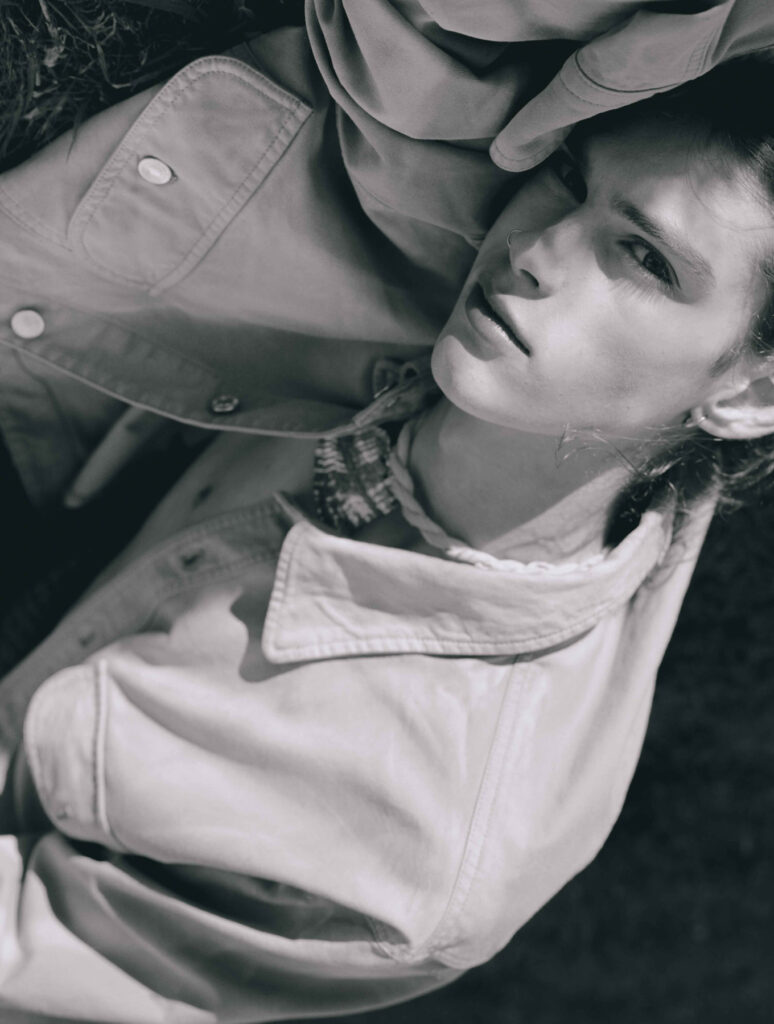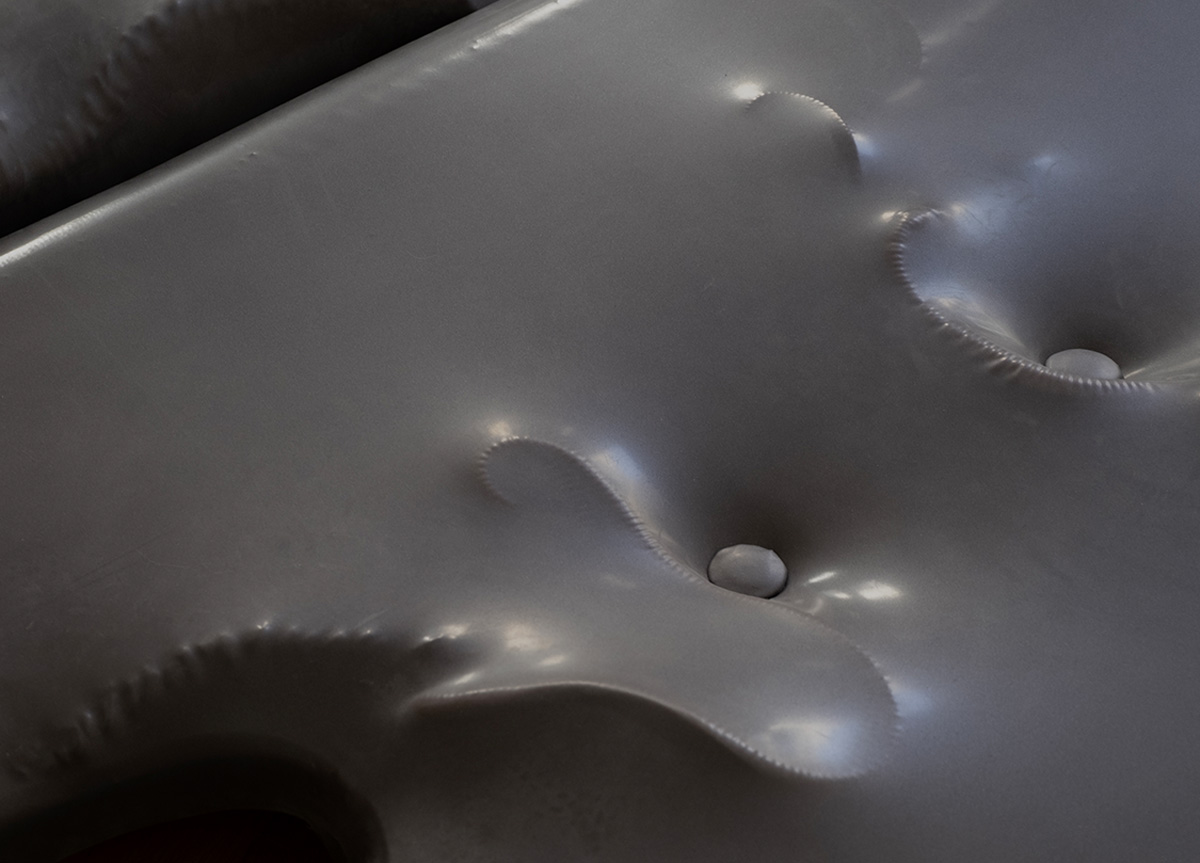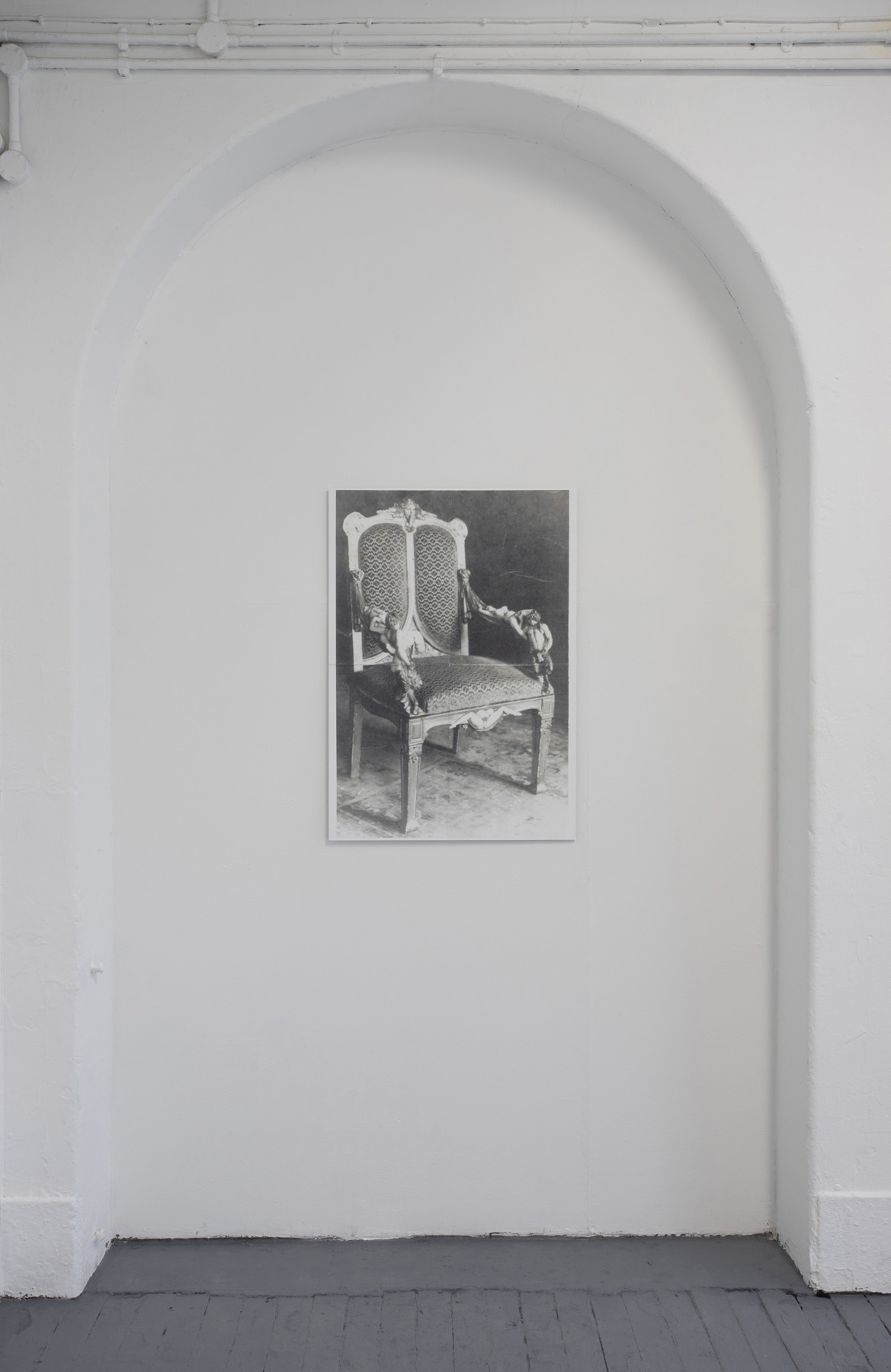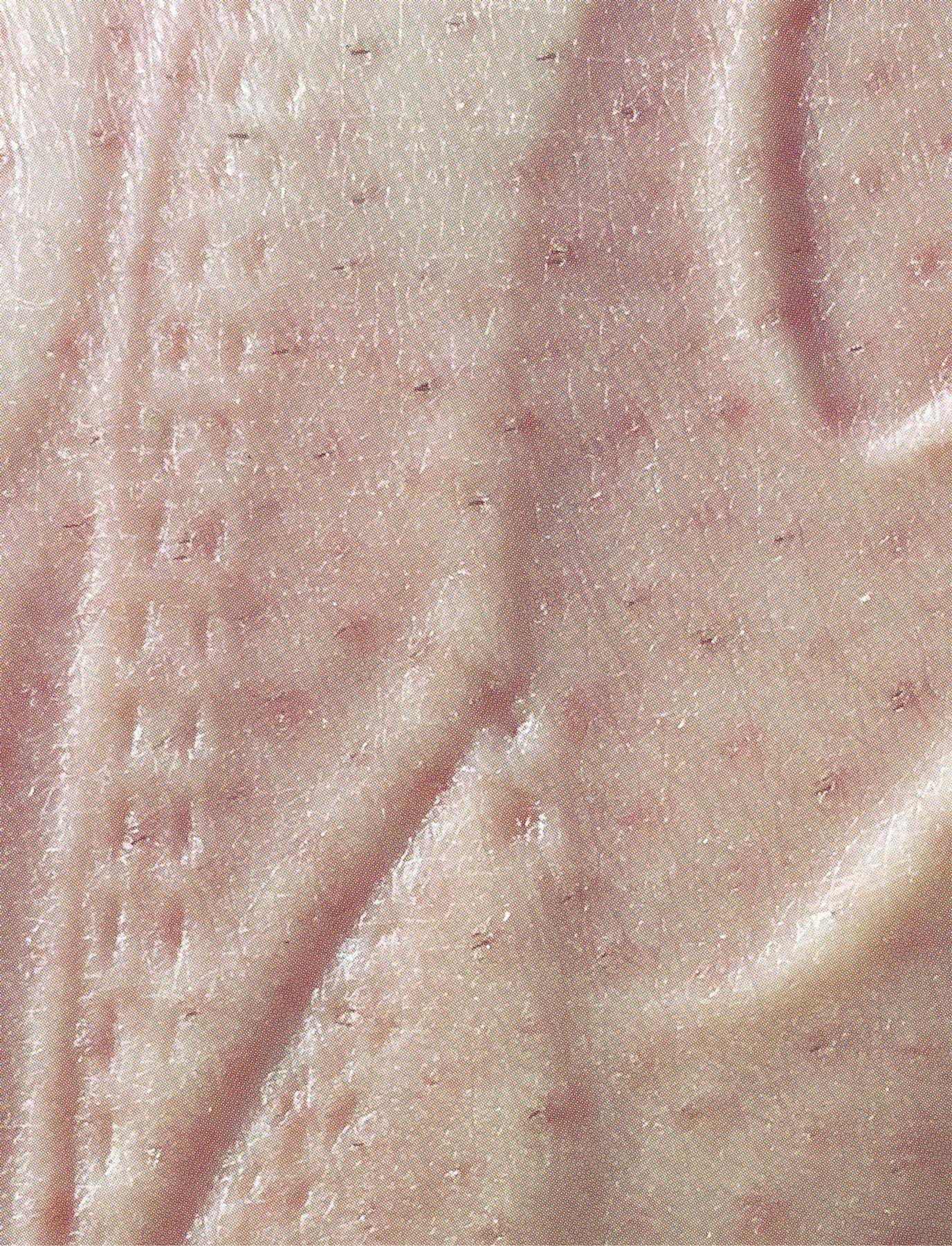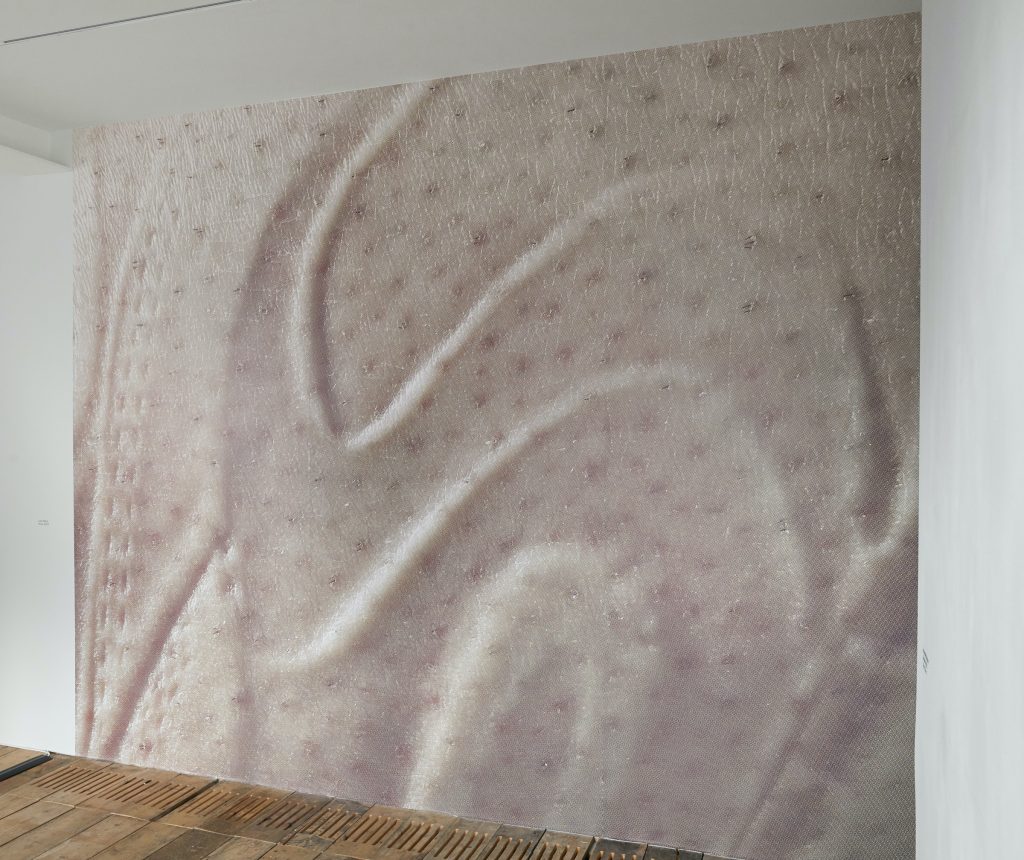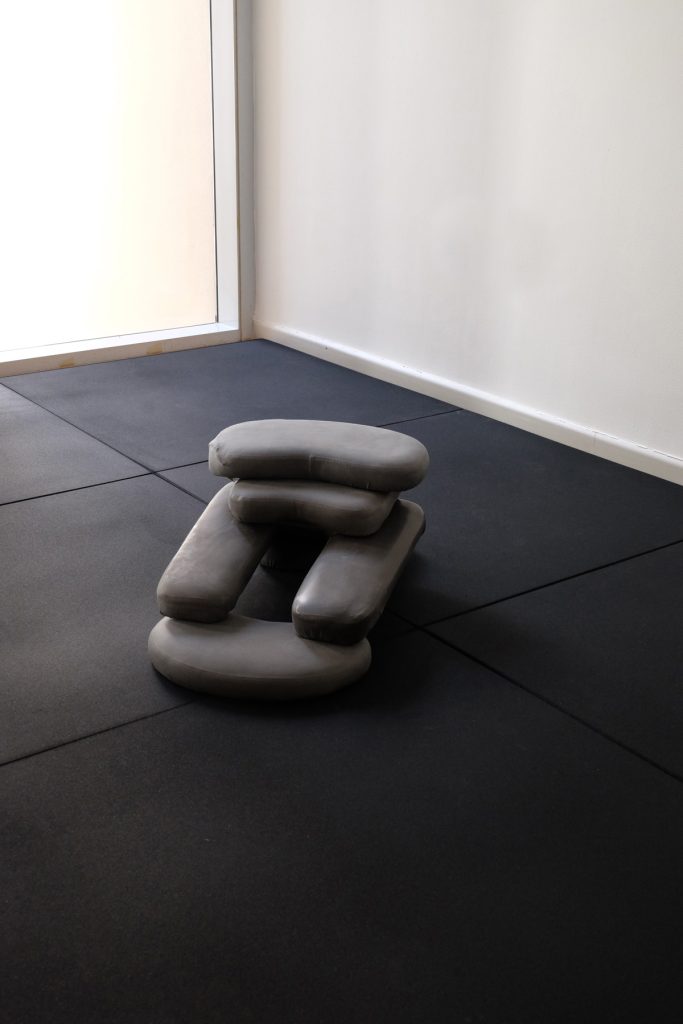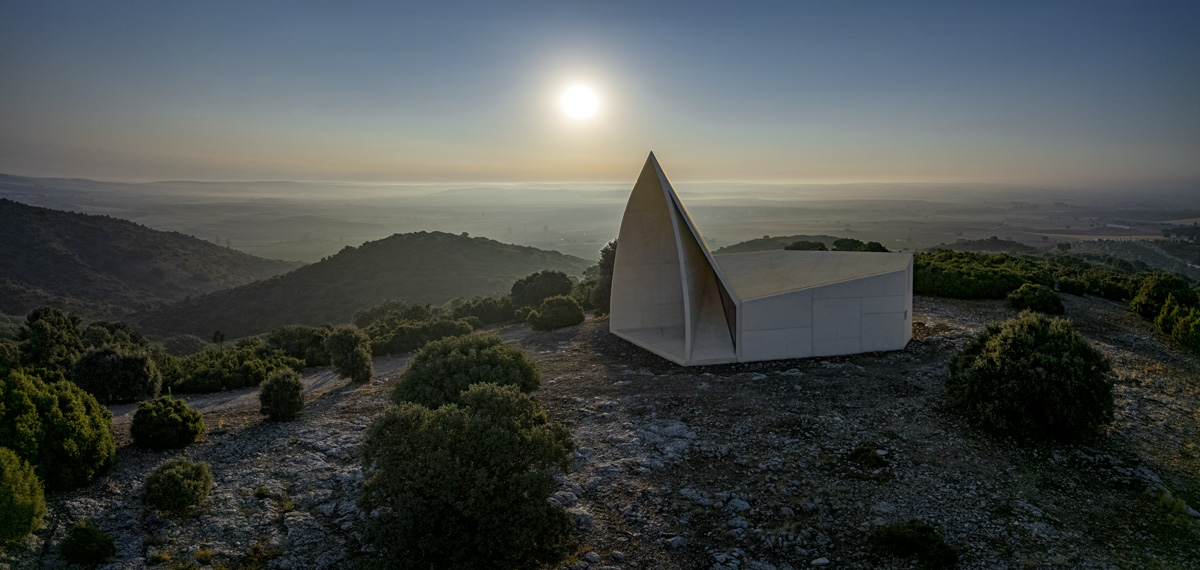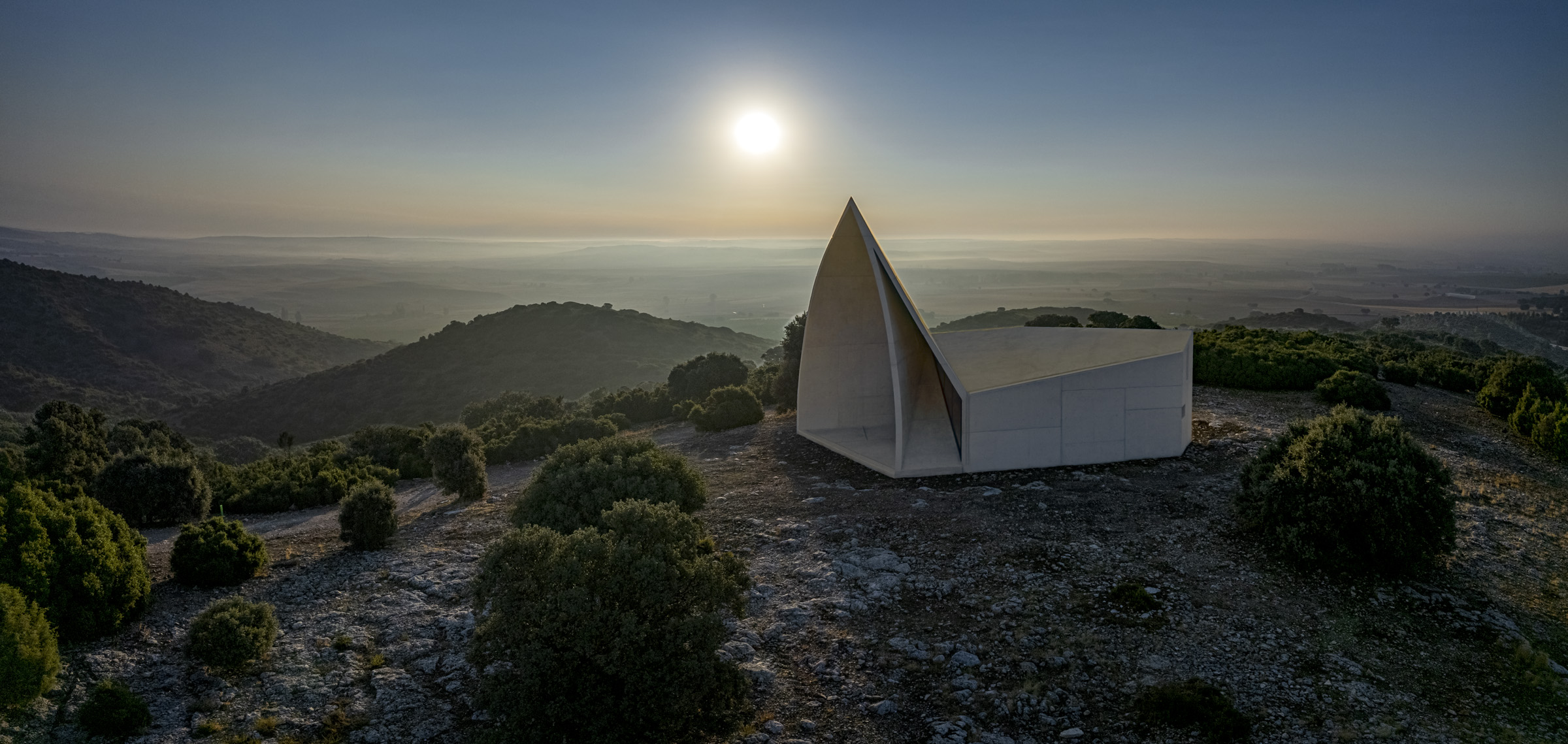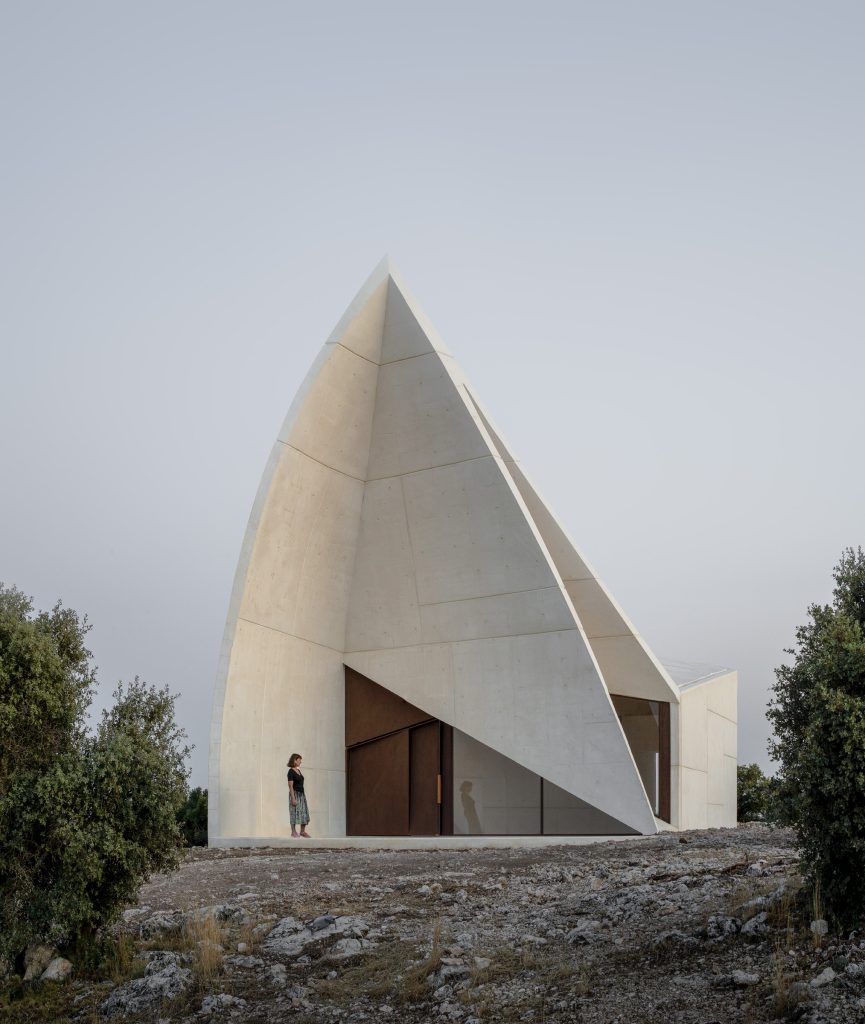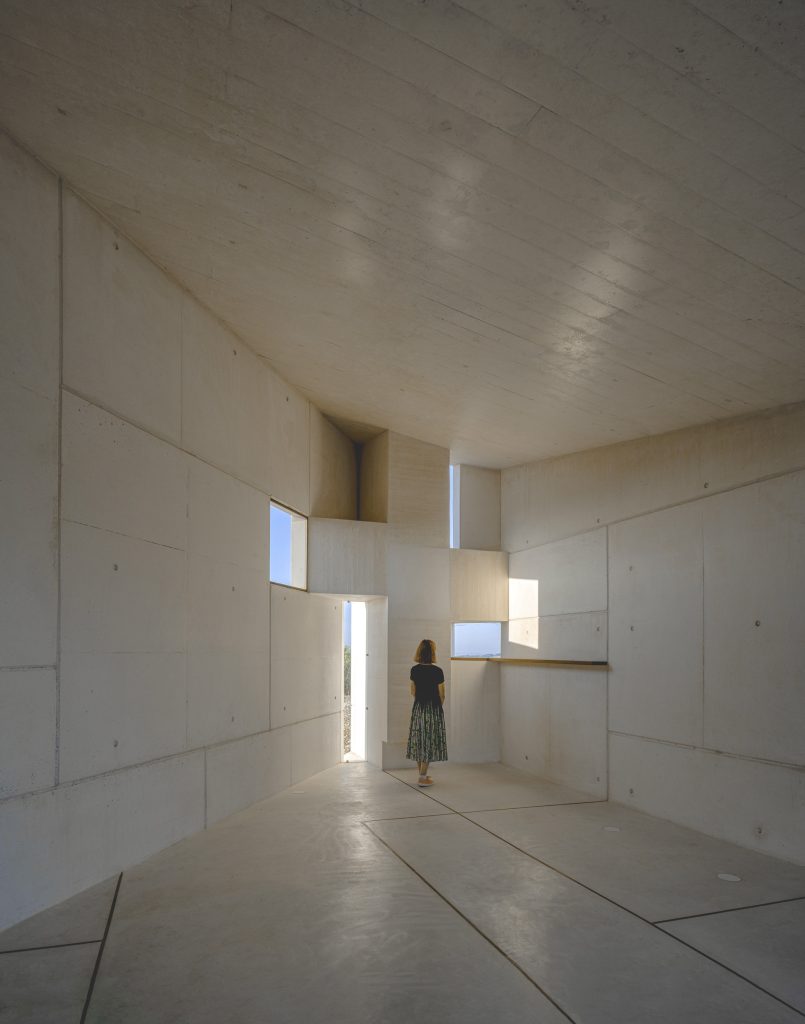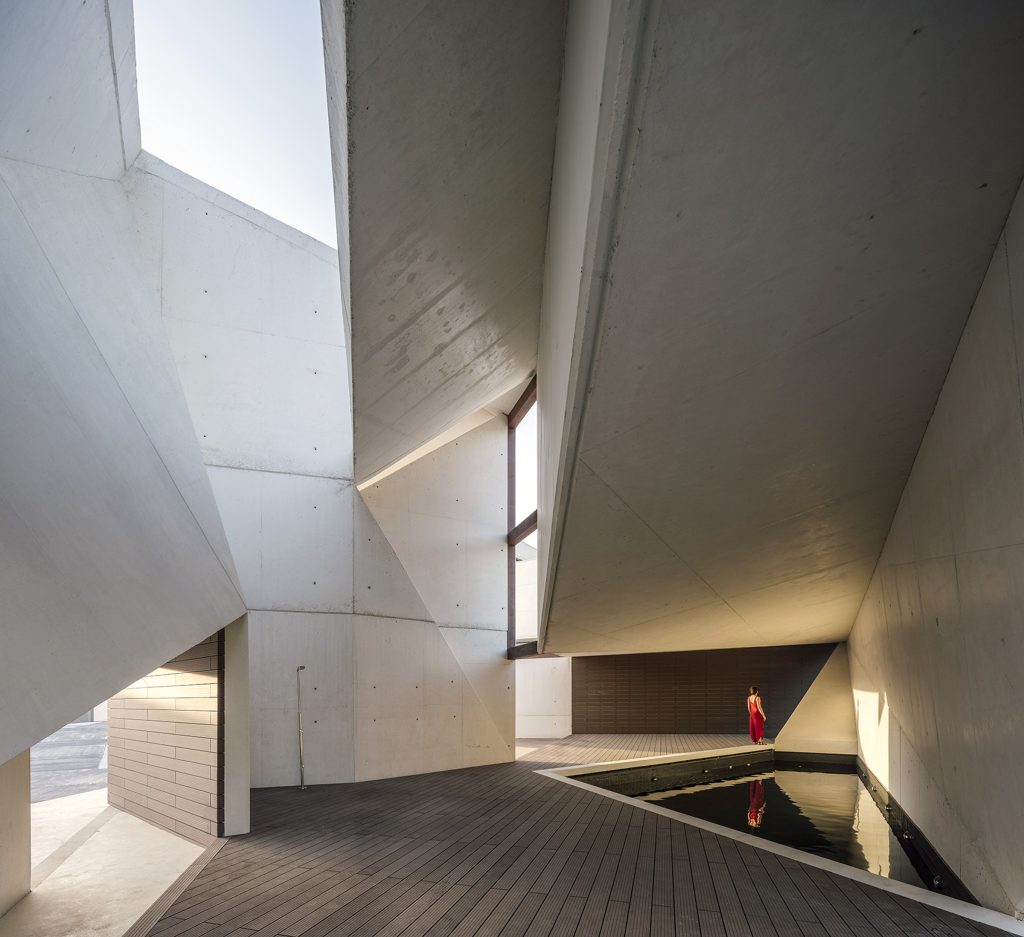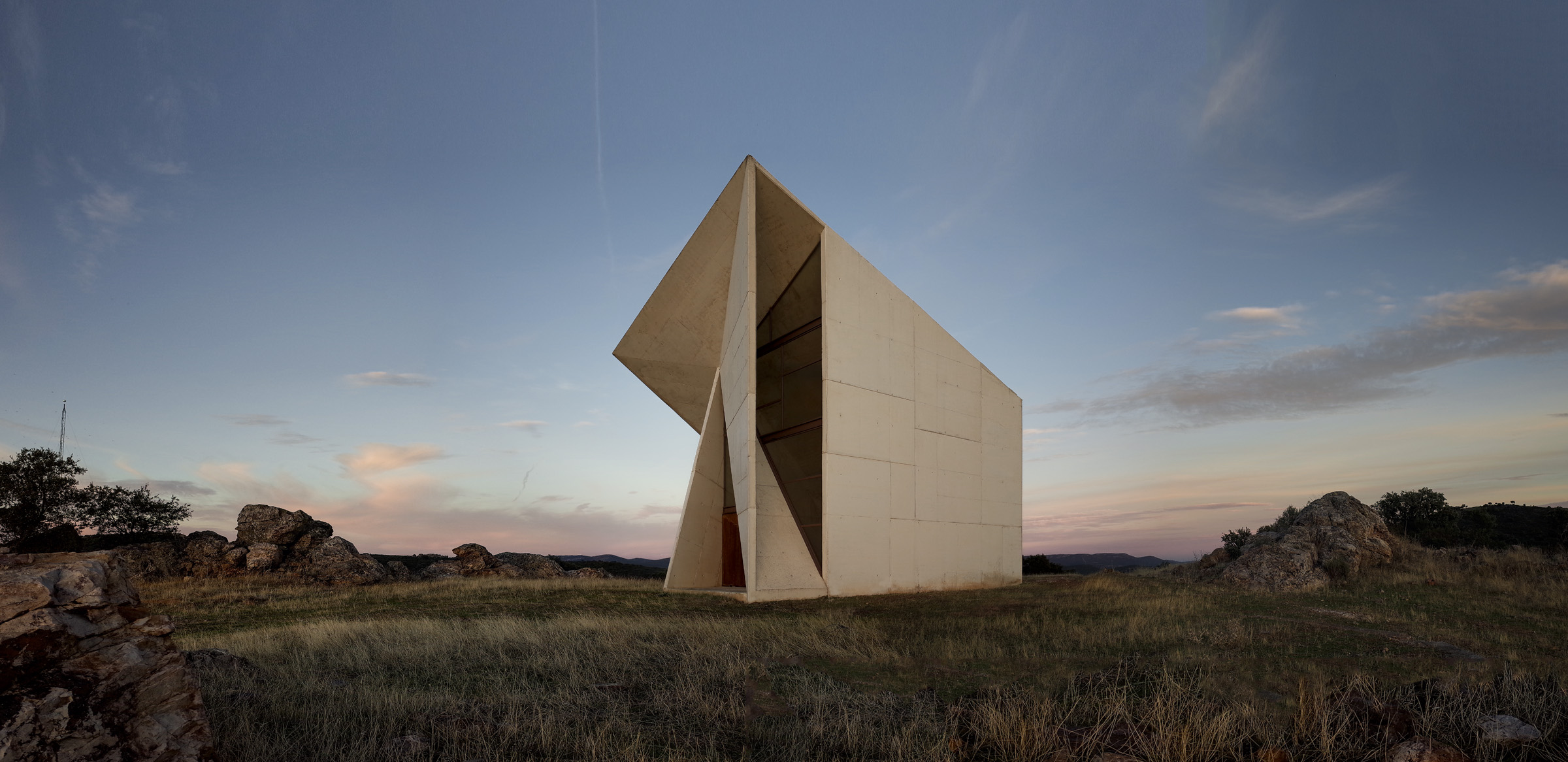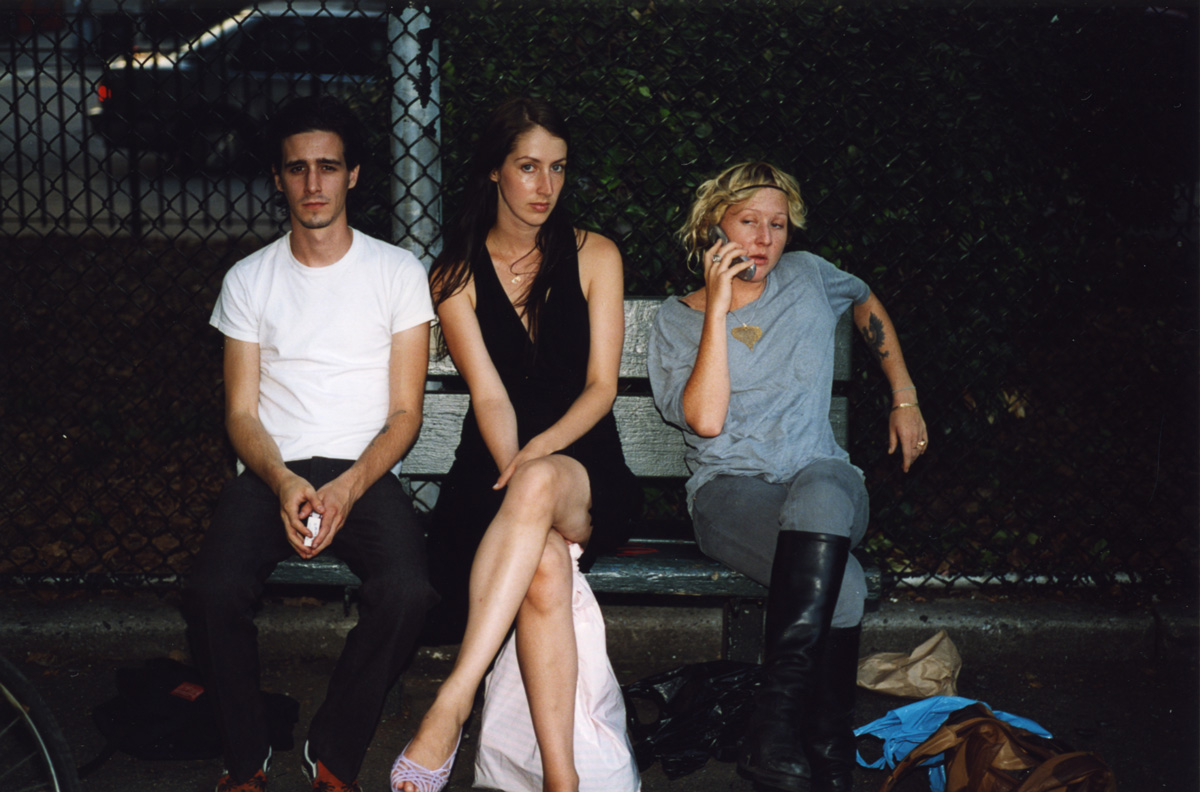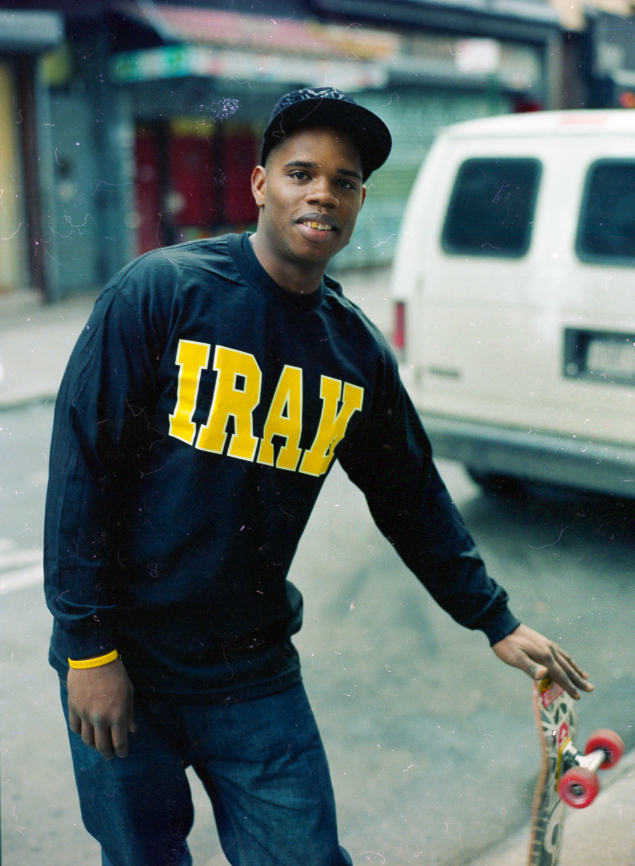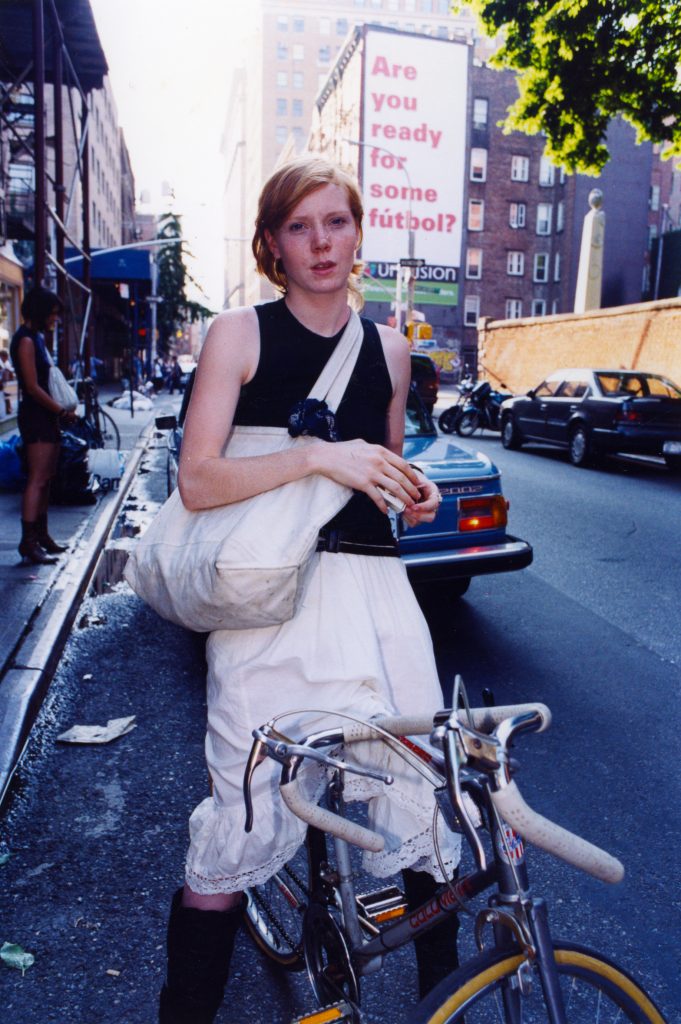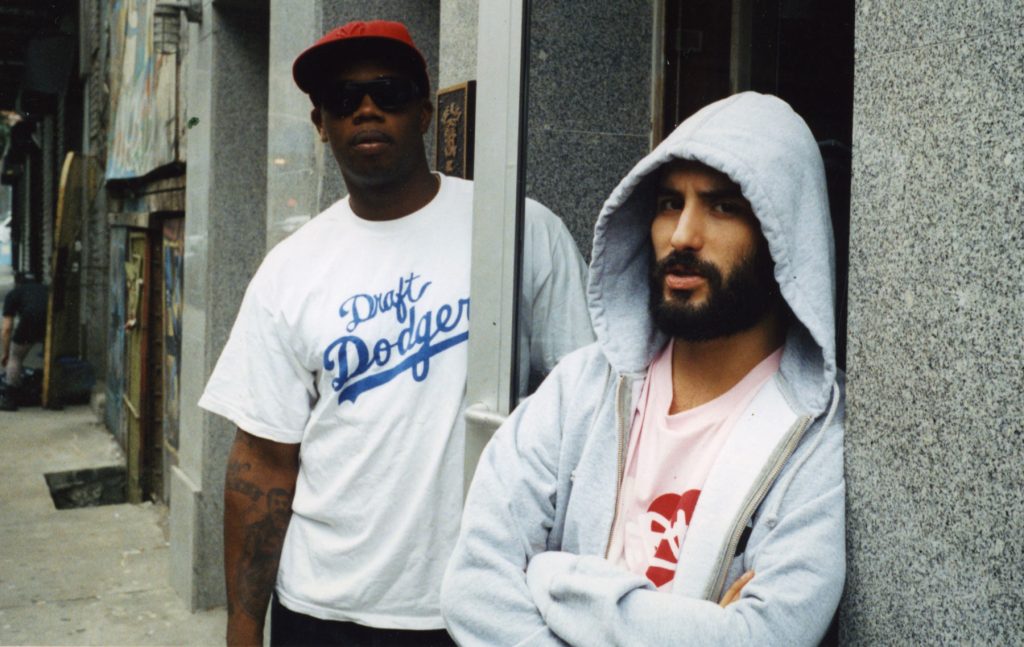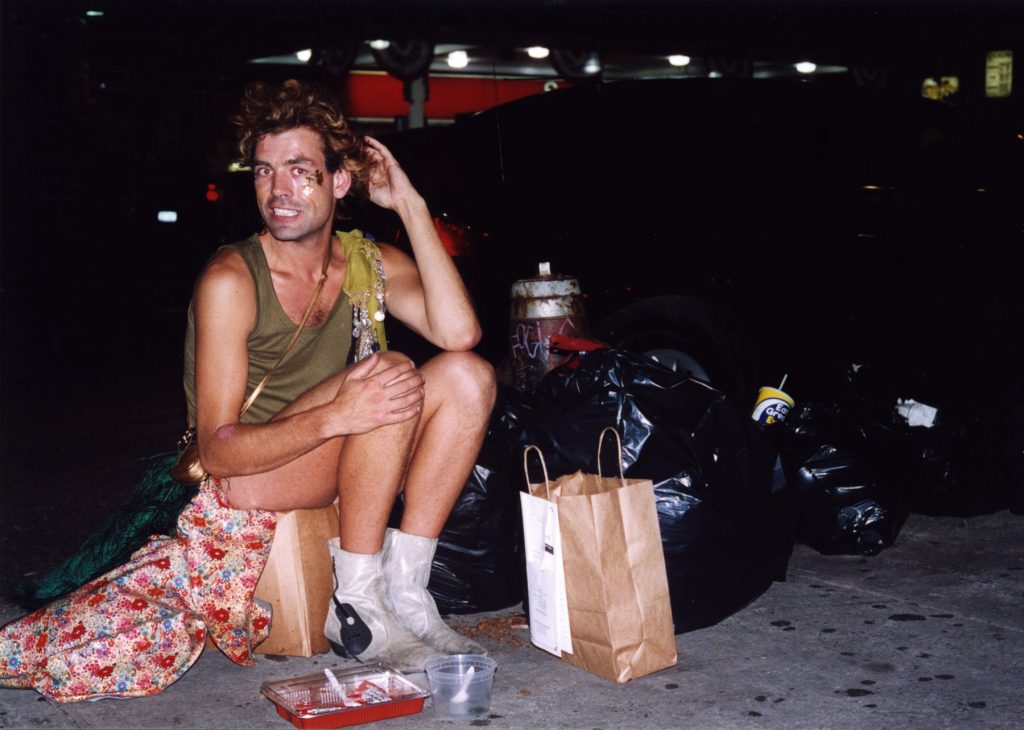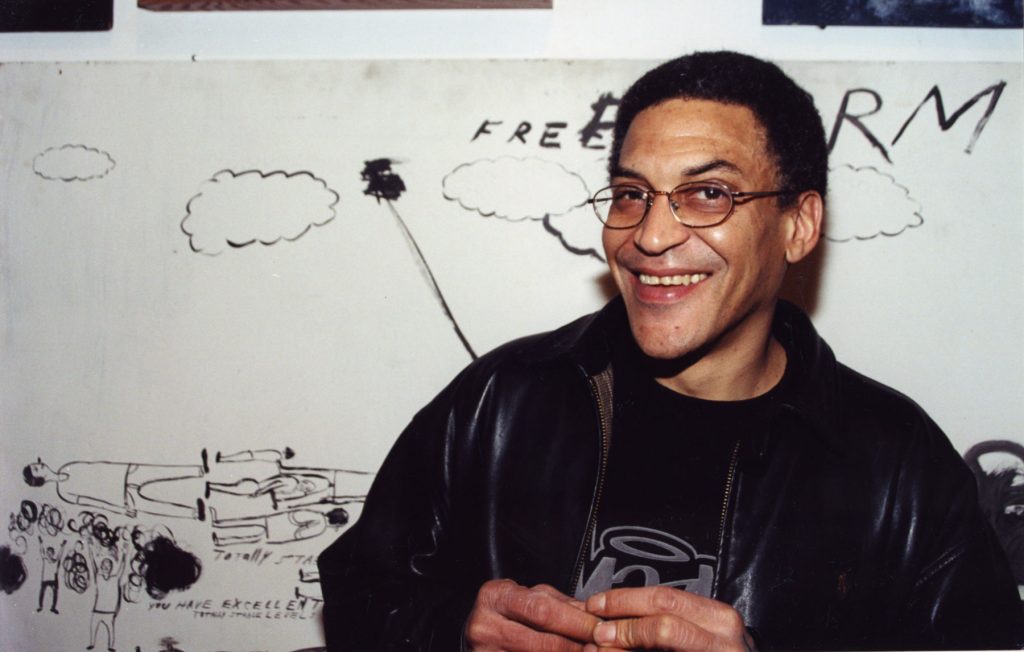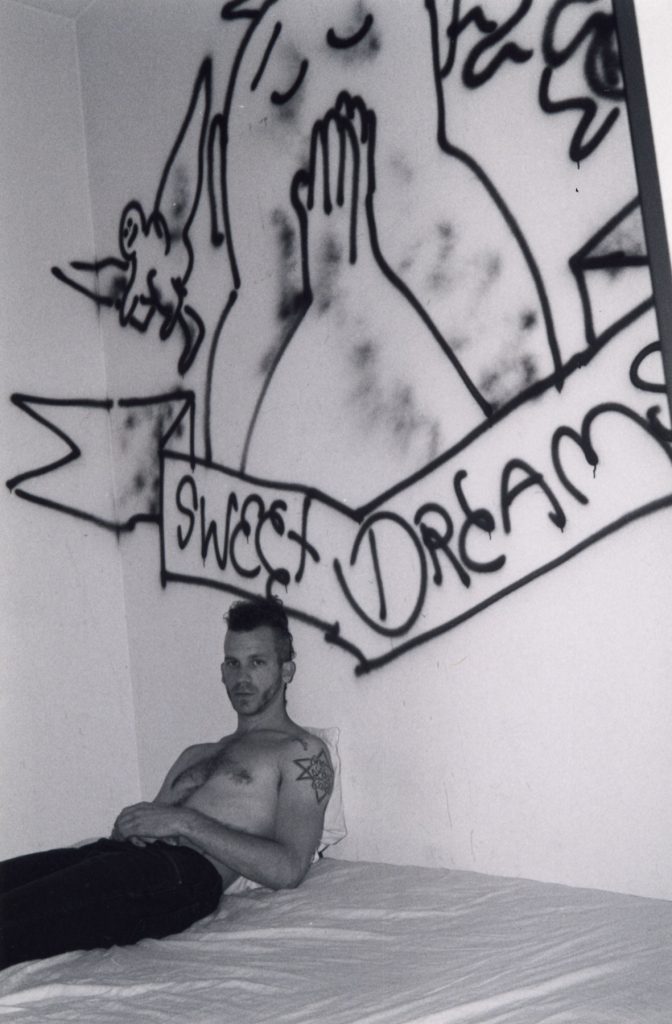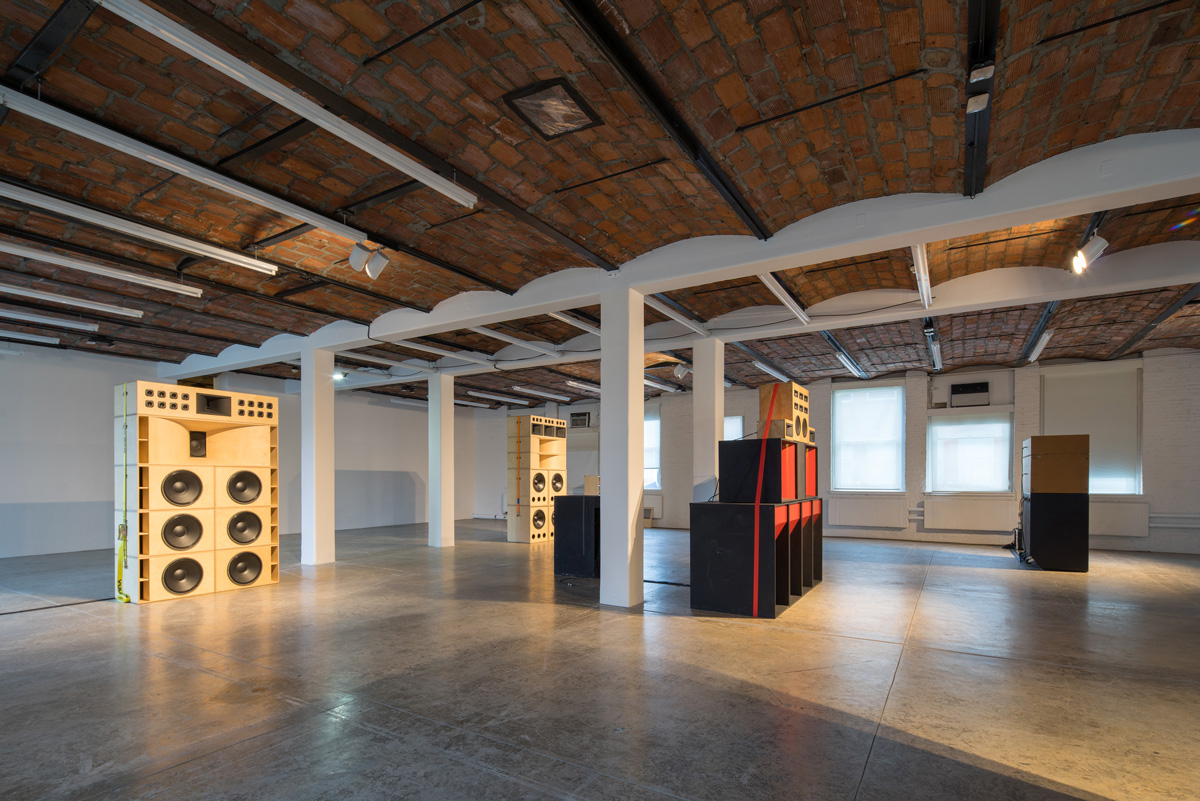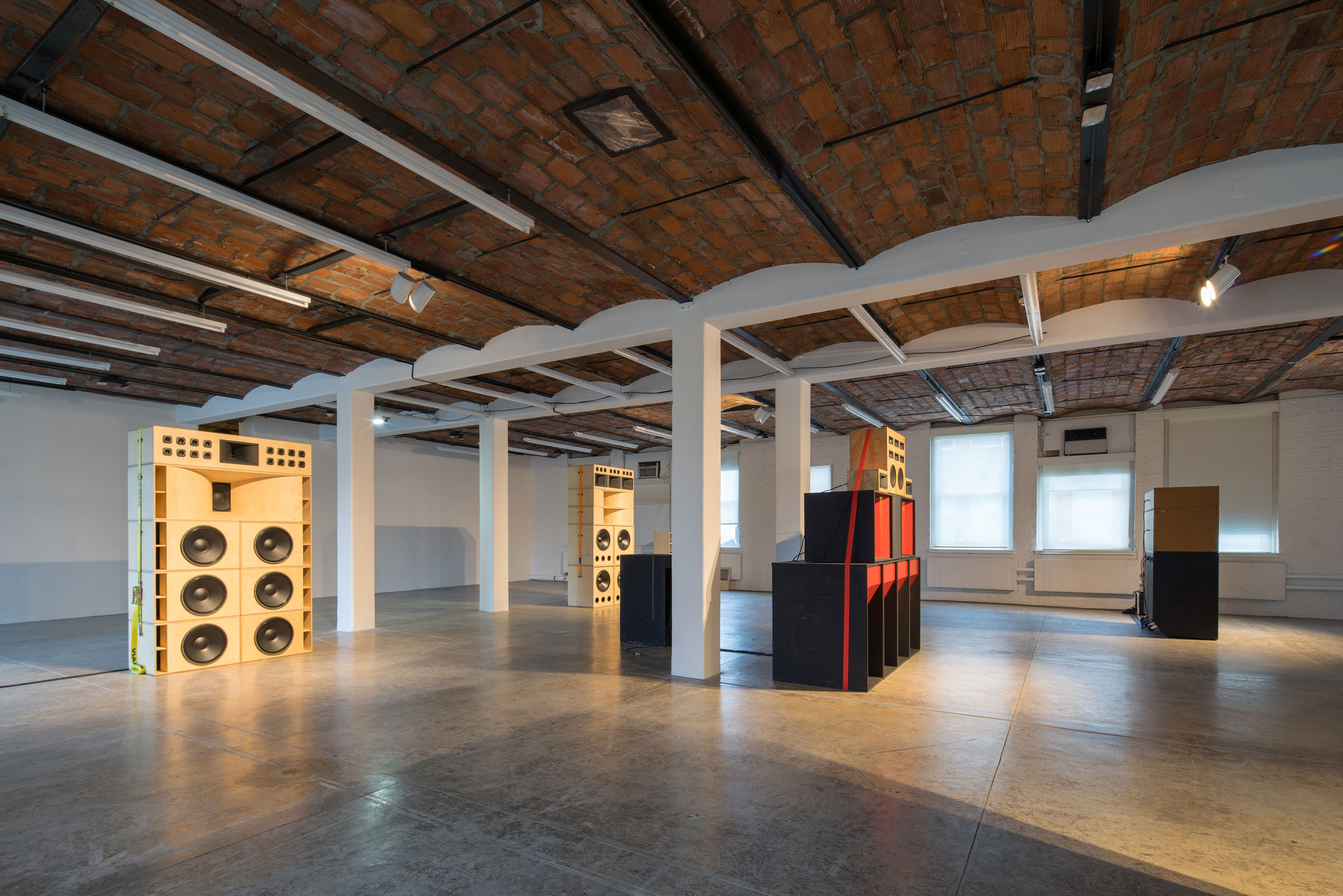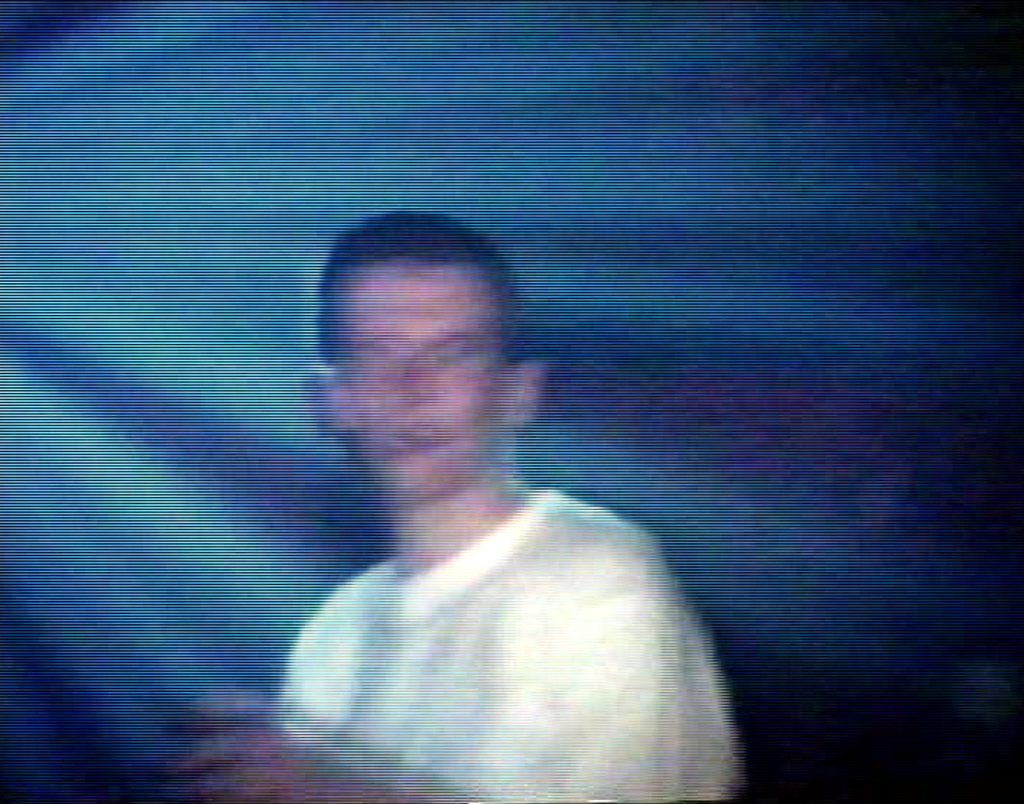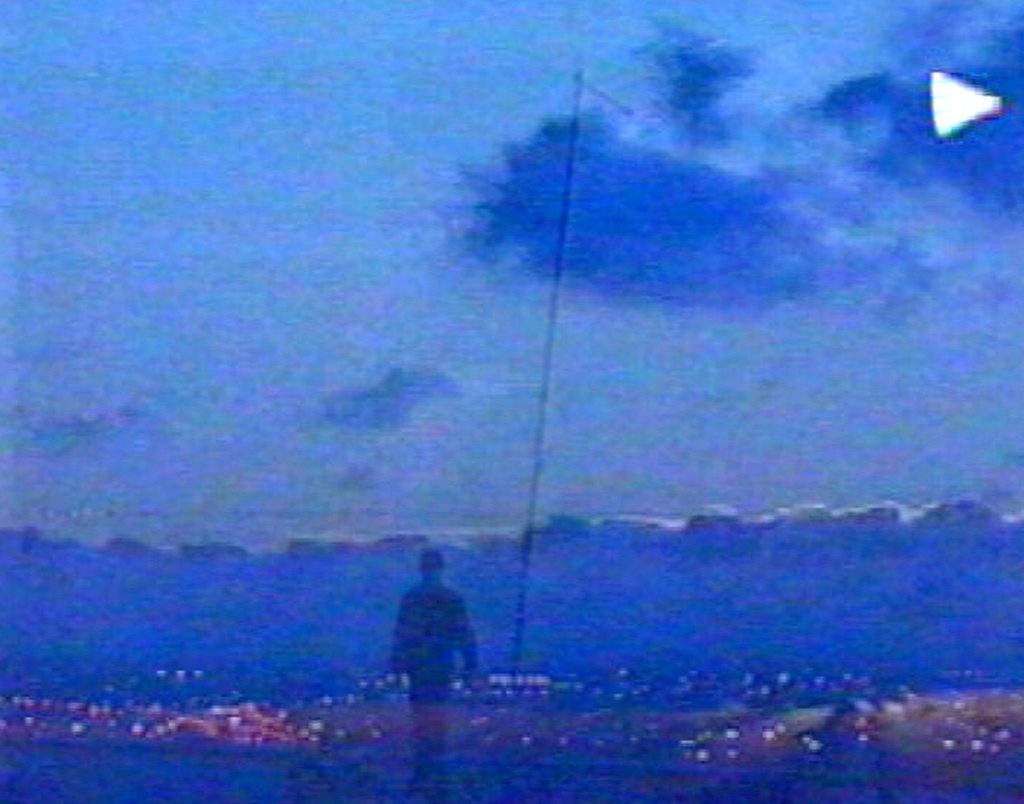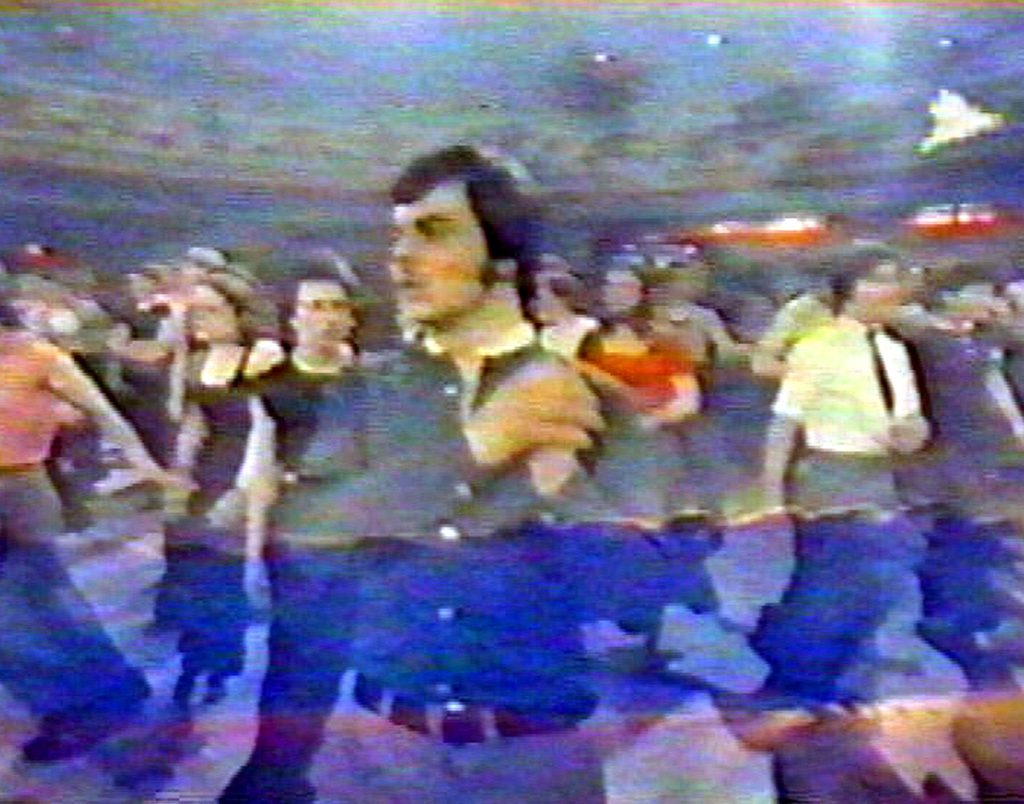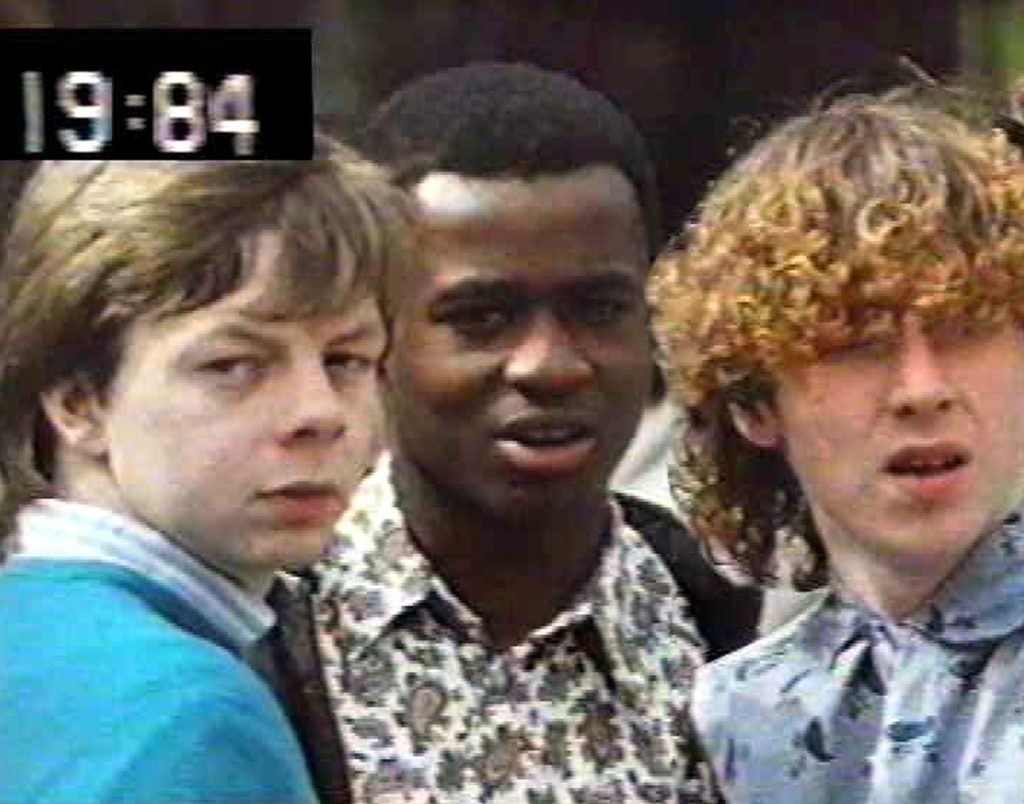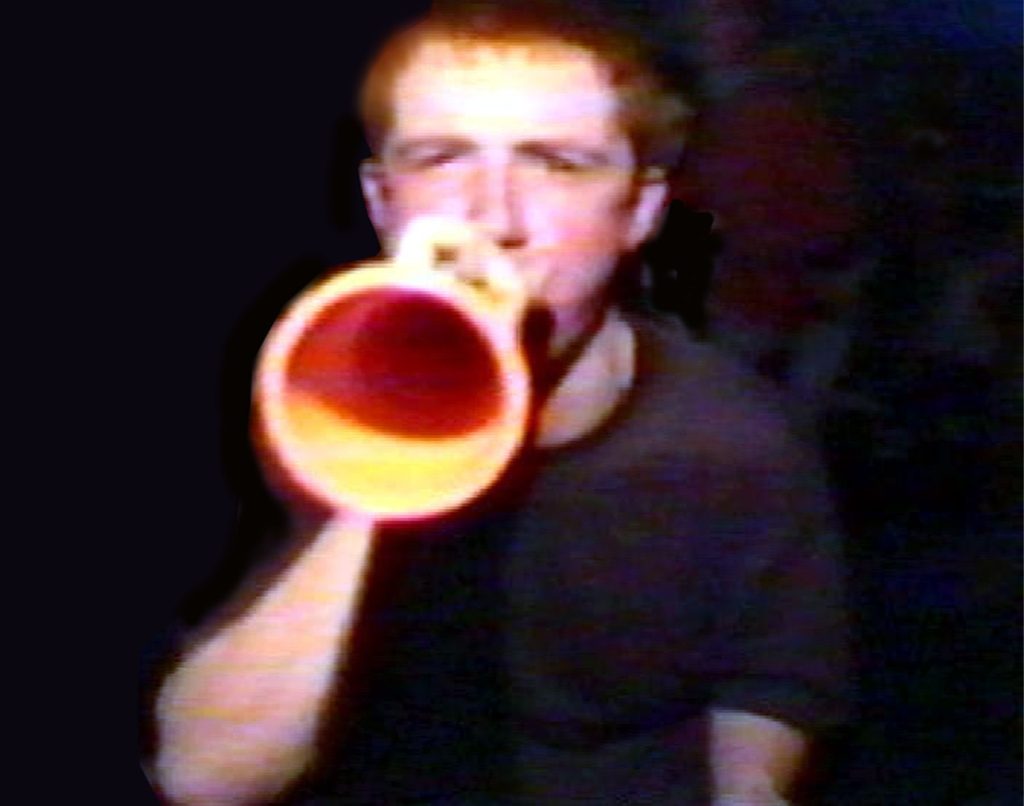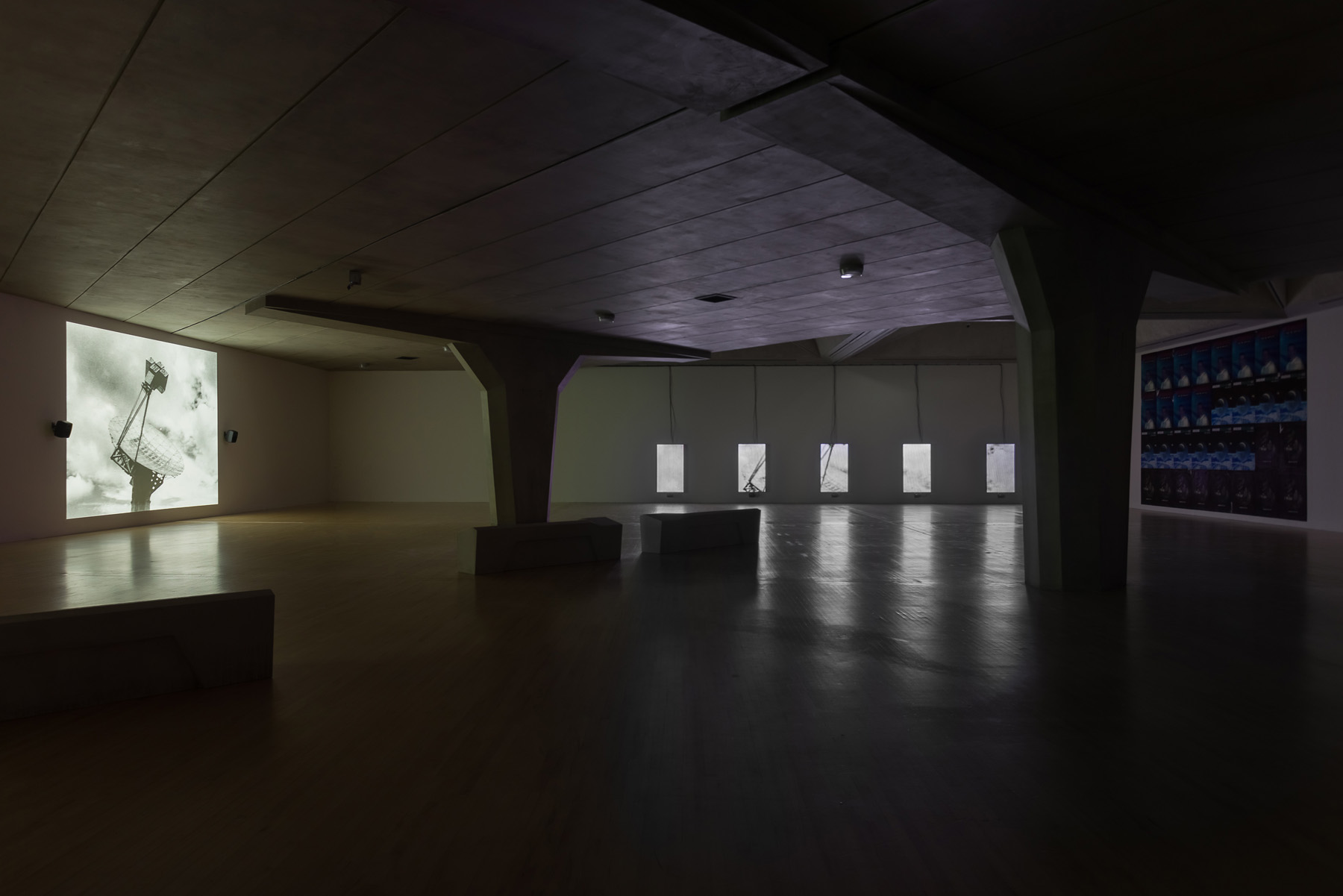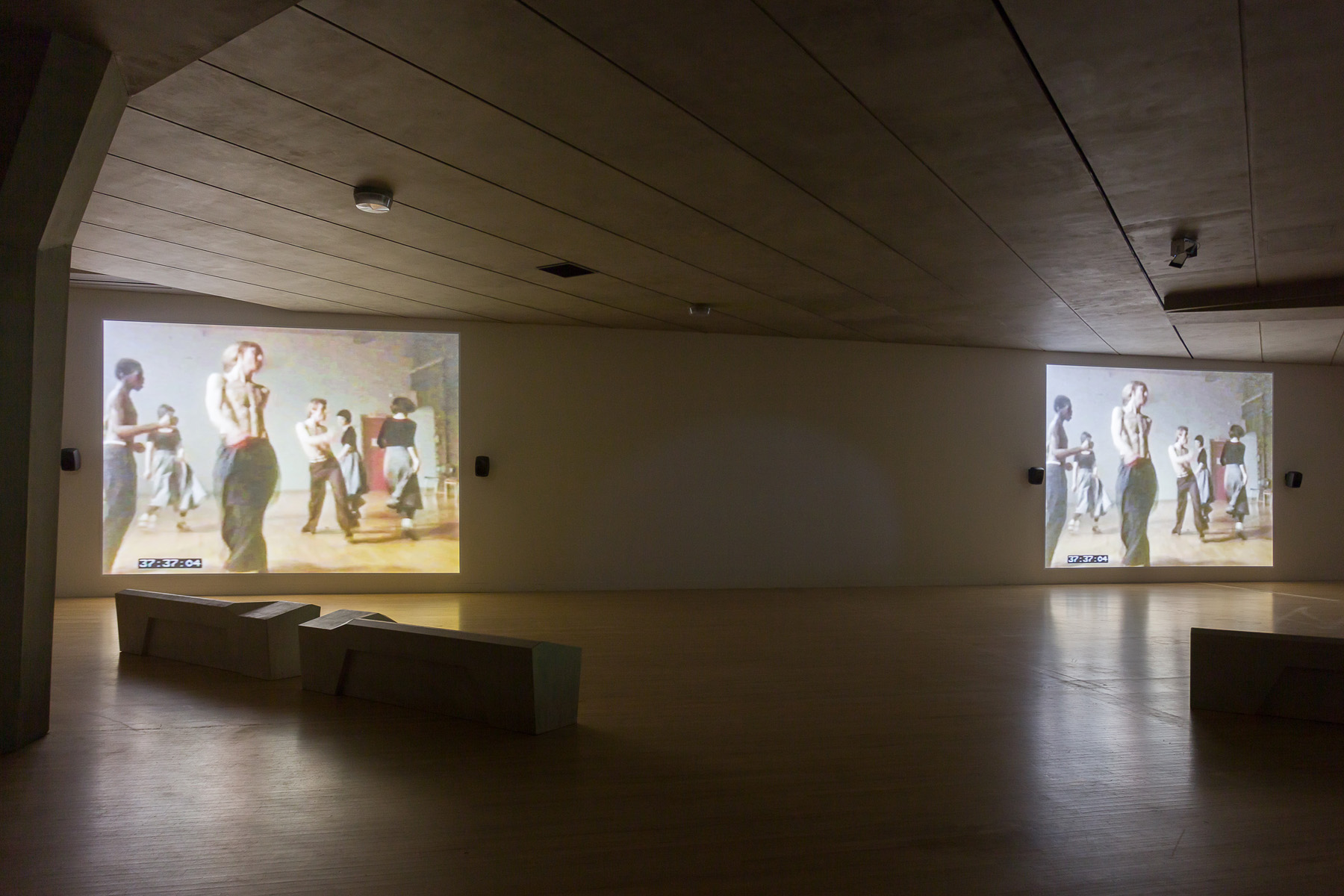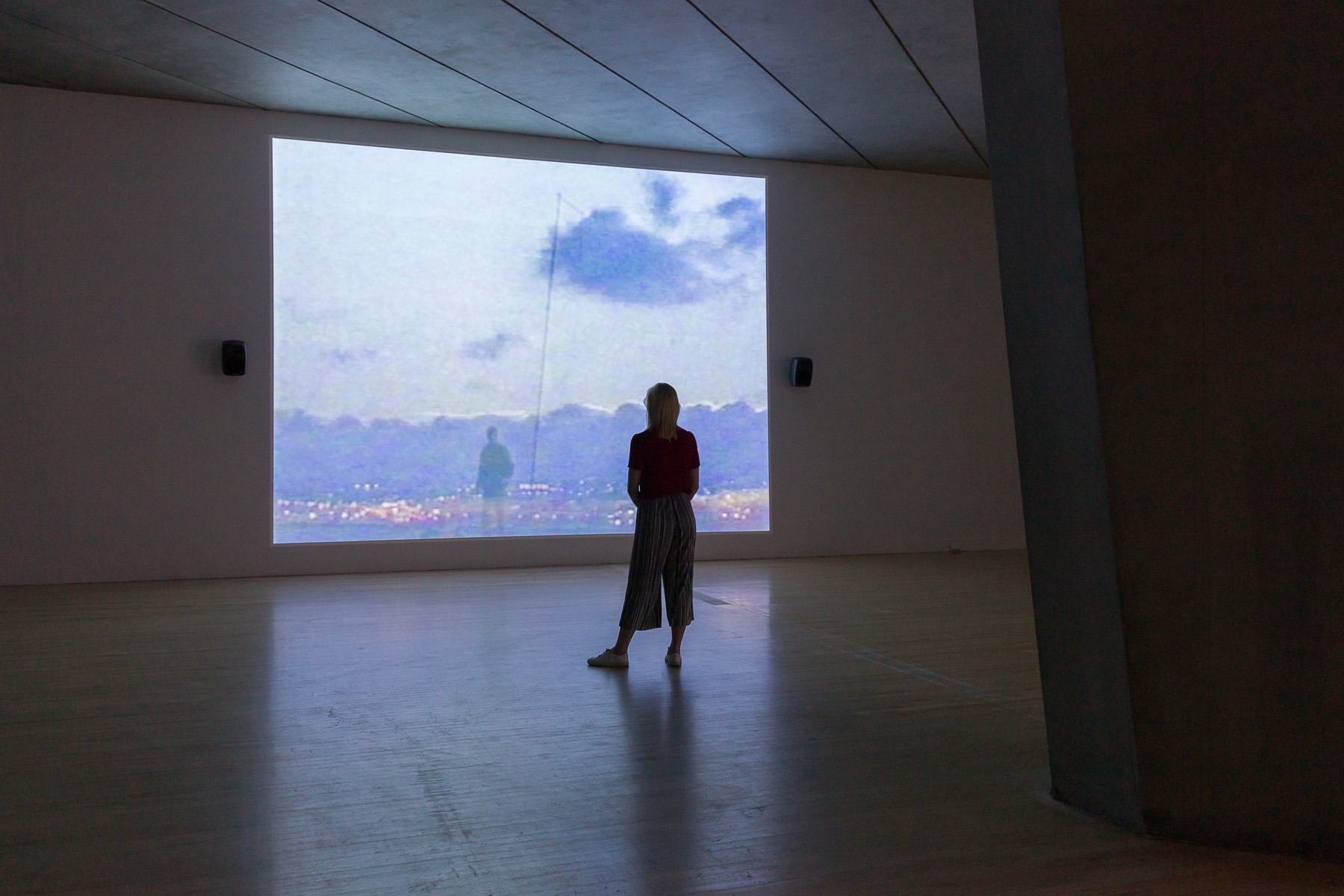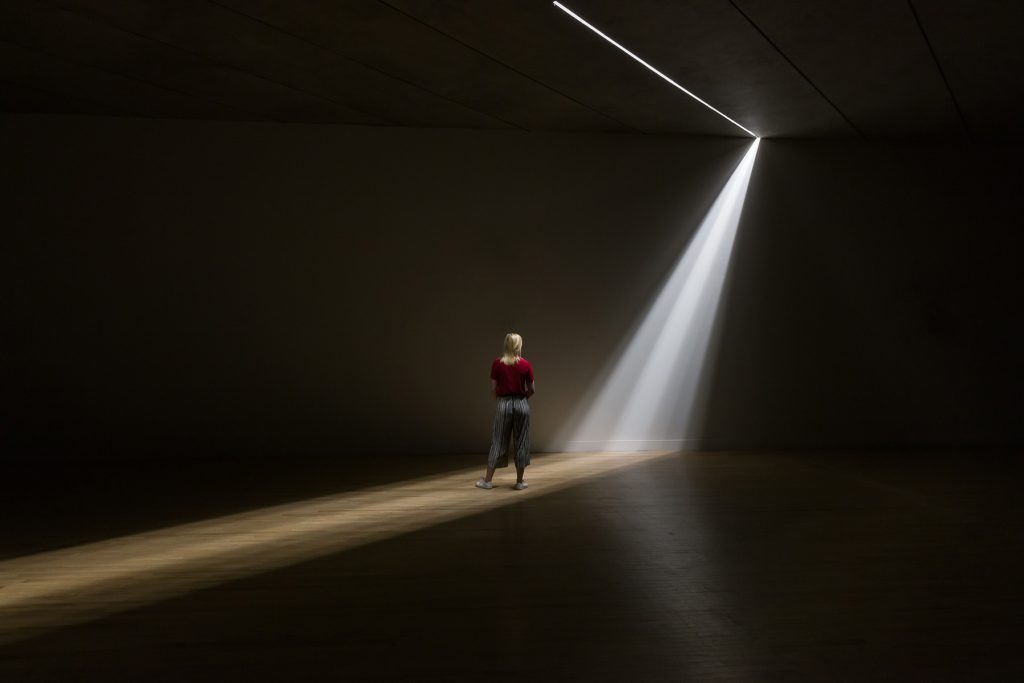
“My photography is not possible without a relationship of trust with the subject.”
Though Photographer Hal takes his moniker from the artificial intelligence character of the same name in Stanley Kubrick’s 2001: A Space Odyssey, there are not too many similarities between them. Whereas the sentient HAL 9000 becomes wholly untrusting of his human peers, ‘trust’ is a fundamental component of Hal, the photographer’s, work. Over the course of his career, Hal has dedicated his time to photographing couples – couples he often approaches in bars in his hometown, Tokyo – with the aim of capturing a sense of their love for one another. In his early series, Pinky & Killer DX, Hal invited couples to pose as if they’re inside a purikura (a Japanese photo booth in which the photos are printed onto stickers with effects added over the top). Later, Hal moved his couples to the bathtub and captured the ways in which his (often clothed) subjects arranged themselves in such a contained, small space. Naturally, Hal has also photographed couples pressed against the transparent plastic door of washing machines, but it is his various Flesh Love series that take the idea of capturing a couple’s intimacy to another level.
In Flesh Love, Hal vacuum packs couples in custom-sized plastic bags; their shrink-wrapped bodies carefully positioned in a way that captures the unique bond that defines that couple’s love (no vacuum-packed couple will be the same). It’s here that trust really comes into being in Photographer Hal’s work. Approaching strangers – again, often in bars – to invite them to be photographed in an oxygen-free environment is a big ask. Working with assistants who help arrange a couple into position, Hal has mere seconds to take one or two shots after the vacuumed subjects have been sealed up before reopening the bag. I ask Hal where the concept for vacuum packing couples comes from, to which he replies that new ideas always come from previous work. “It may be close to the process by which manufacturers improve their industrial products,” he suggests. And indeed, over time Hal has updated his own formula; in Zatsuran, couples are photographed in and amongst their possessions. It’s interesting to see the extent to which ‘stuff’ can shape the personality of a particular couple’s bond – a love of music could be characterised by a collection of vinyl records or, say, guitars.
In Flesh Love Return, Photographer Hal places his sealed couples amongst other settings, whilst in Flesh Love All, his subjects’ possessions are also wrapped in plastic. The result is a series of beautiful images that raise questions (namely – “how?” which is answered below), but also of what the material and built environments around can say about love. At its most intimate, Hal’s work shows how love can exist in the absence of anything else, but as humans, we instinctively build stories and connections with one another amongst the objects and environments that surround us. That’s something that, no matter how sentient he may have been, HAL 9000 could never understand.


NR: How do you capture a sense of the personality and the style of the couple in your photos?
PH: I used to choose models and the clothes or props they wear, but these days I do not have [that] much control. I thought that would bring out the individuality of the subject. I recently held my retrospective exhibition [at the Gallery Tosei in Tokyo last year] and noticed that the age, clothes, and shooting method of the subjects were linked to my age at that time. So even if you shoot a work ten years ago, it won’t be the same.
How does your work celebrate the idea (and the power) of love?
“The basis idea of my work is ‘to shape love’.”
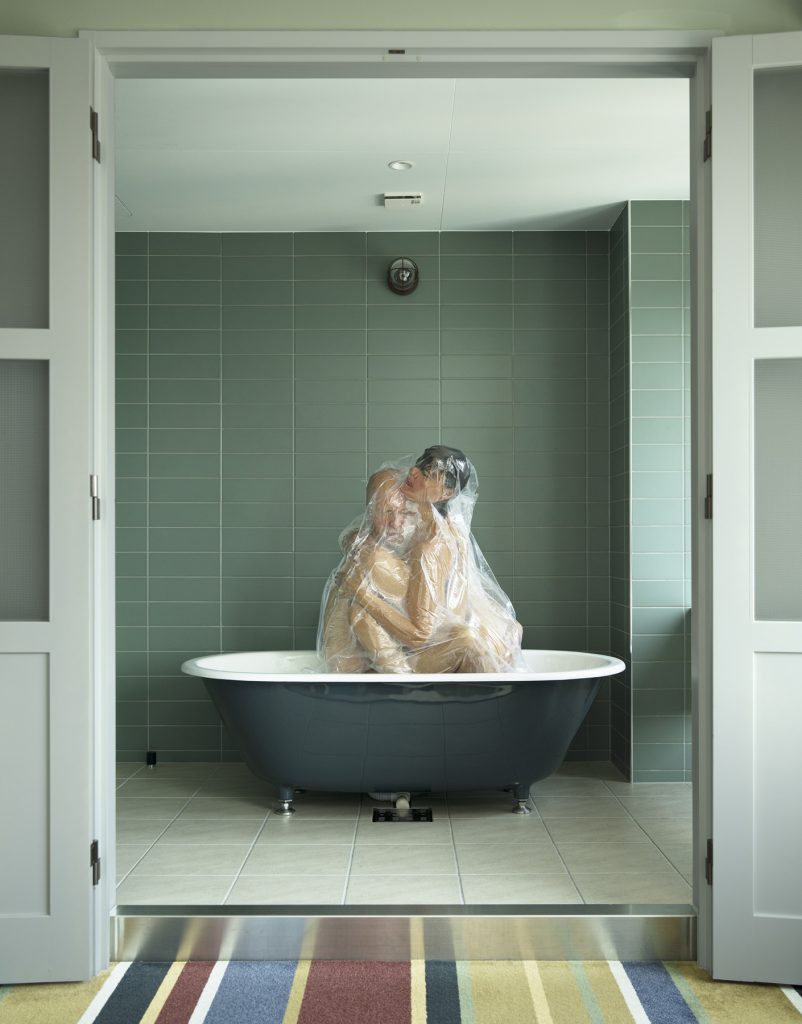
In order to realize that, I mainly focus on couples a subject and shoot an image of two people using different methods (such as the vacuum-sealed bag or bathtub). With regards to the Flesh Love All series, I location scout first; in that time, I decide on an angle, the lens etc. Then I measure everything in the range of the camera. Based on this, I make a [big enough] plastic bag with staff over ten to fourteen days. I take it to the scene on the day of shooting, and then pack and shoot everything.
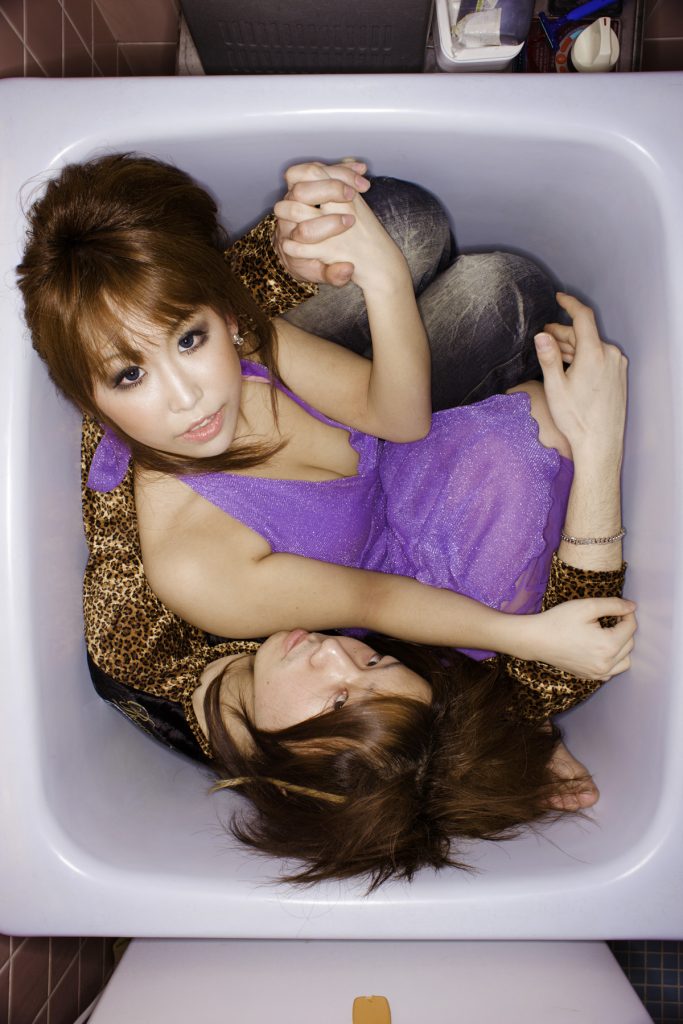
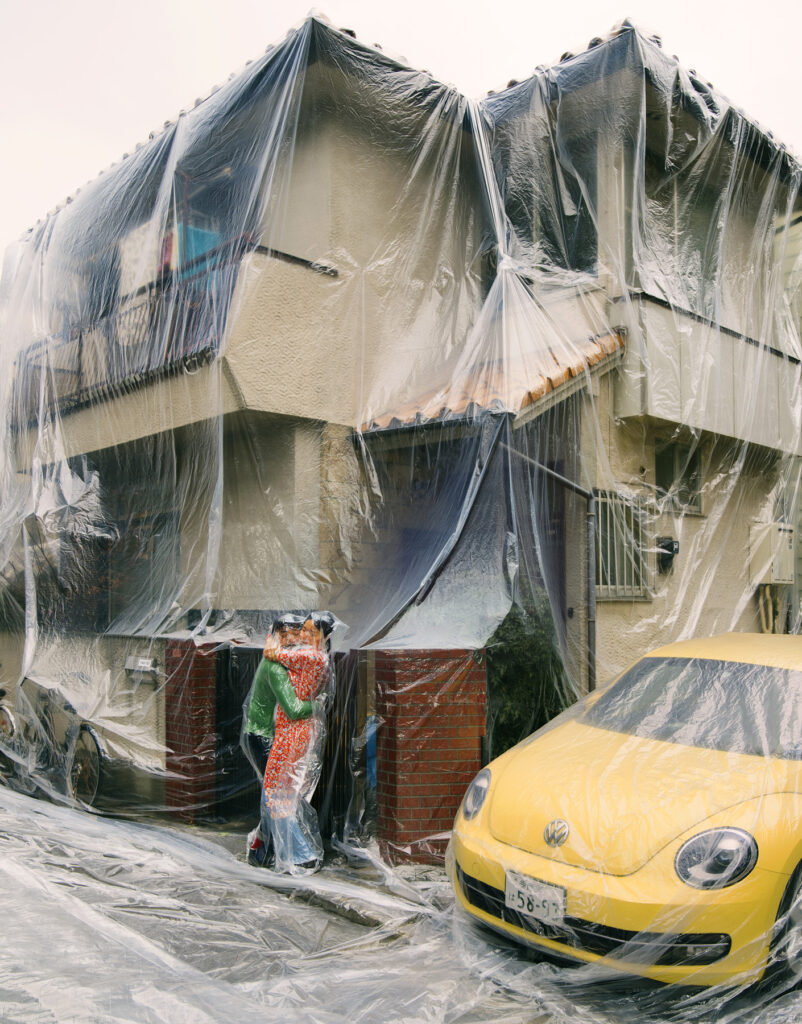
There’s an intimacy to your work – whether capturing couples in a bathtub or in a vacuum pack, do you ever feel like you are intruding on this intimacy?
My photography is not possible without a relationship of trust with the subject. We have enough meetings before shooting to [build up] communication.
What has your work, and meeting so many couples, taught you as an individual and as a photographer?
At first, I was shooting love as ‘sexual love’, but as I continued shooting, the types of love expanded to love as devotion and philanthropy towards the outside world. My on-going series,
“Flesh Love All contains a message that we can connect with, not only to ourselves, but also with outside society and we can shape the direction of love.”
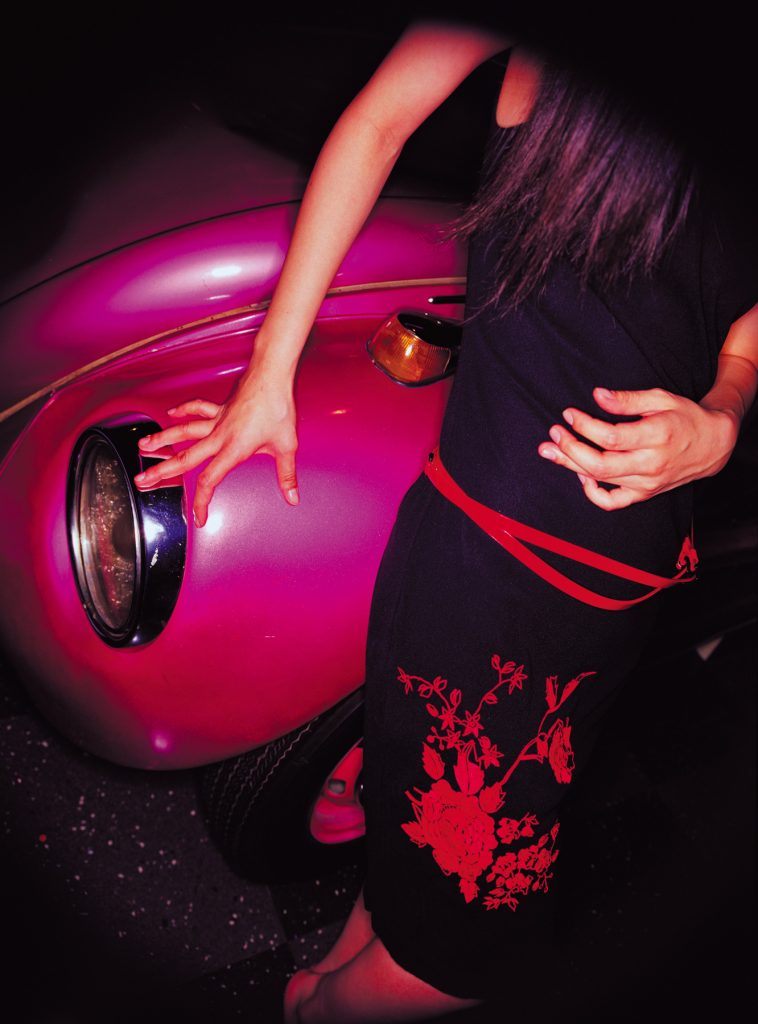
You only have one or two chances to release the shutter for your photographs; are you always happy with the outcome?
I have never been, and will never be, satisfied with the pictures I take. Because there is no limit to the quality of the work.
Credits
Images · Photographer Hal
http://www.photographerhal.com/
